Fiat’s new Grande Panda proposal emerges in an increasingly demanding market for practical and sustainable solutions. This article presents a detailed analysis of the model’s main characteristics, considering design, technological platform, engine options, dimensions, interior, price, and global expansion strategy. The approach follows a journalistic and technical tone, with well-founded information that allows a clear understanding of the vehicle’s potential and specifications.
The analysis takes an impartial perspective, focusing on the presentation of data and characteristics that define the Fiat Grande Panda. Each section of this article seeks to offer a precise overview, emphasizing aspects ranging from aesthetic and functional details to the engineering behind the Stellantis platform, essential for the vehicle’s performance. The content is structured to demonstrate a practical and informative approach, without commercial appeals or superlatives, allowing the reader to obtain a complete and technical overview of the subject.
Retro-Futuristic and Modern Design Details
The Fiat Grande Panda features a design that engages with the brand’s tradition while incorporating contemporary elements. Inspired by the original model, the vehicle adopts a retro-futuristic line reminiscent of the 1980s, but with updates that align with current demands. The headlights and taillights exhibit a pixelated pattern that refers to recent technological innovations, bringing the Panda’s aesthetic closer to modern references like the Hyundai Ioniq 5. This visual proposal combines the past and the present, creating a balance between nostalgia and technology.
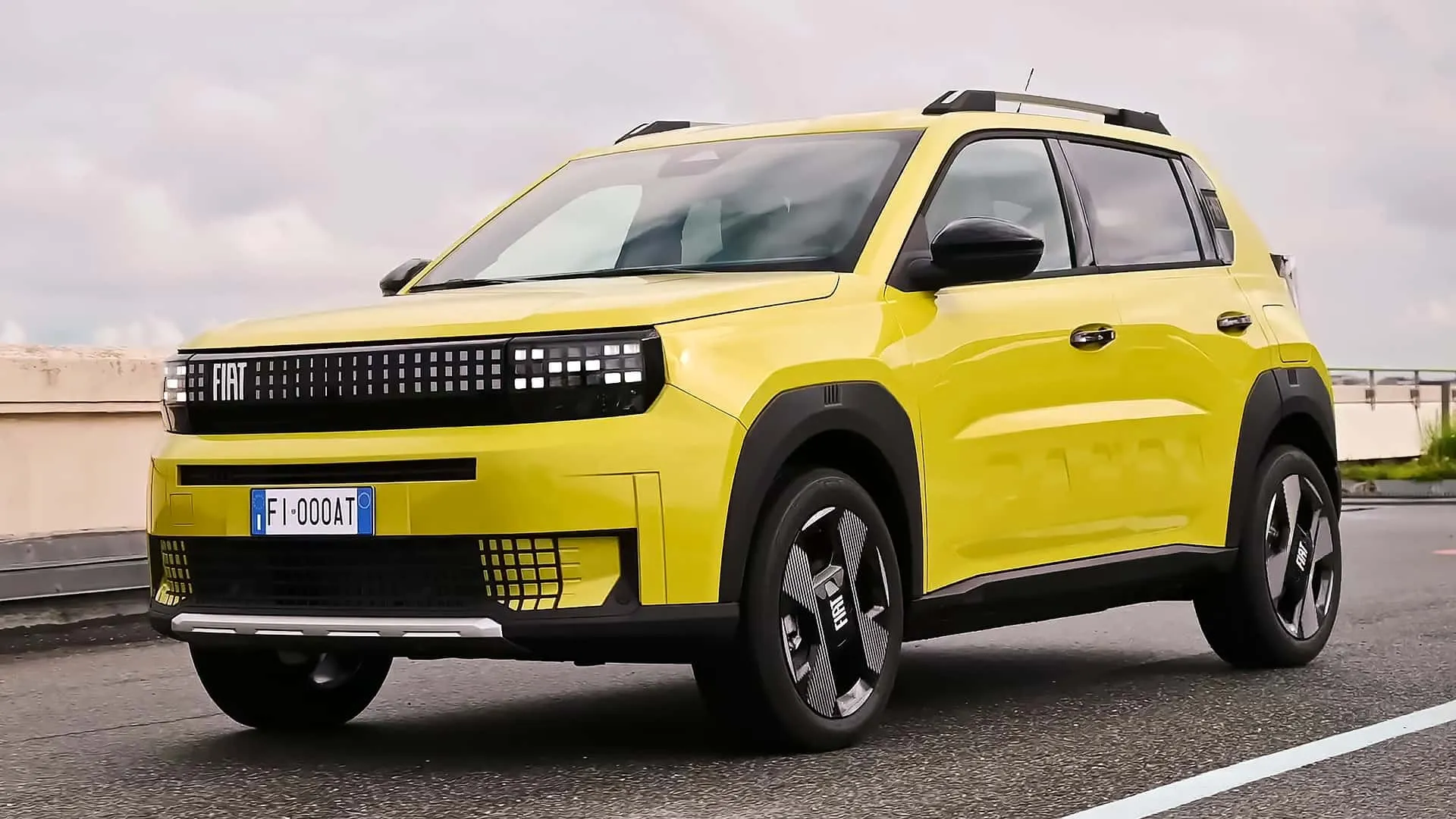
It is observed that the choice of details such as the embossed “PANDA” name on the sides and the “FIAT” logo on the rear reinforces the brand’s identity in a discreet and informative way. The 17-inch diamond-cut wheels complement the ensemble, reinforcing the vehicle’s innovative character and distinctive design. Each element was designed to offer an image that, while reminiscent of the legacy of the original model, establishes a new identity for the Fiat Grande Panda, highlighting the modern lines and functionality expected by consumers.
Stellantis Platform and Hybrid and Electric Powertrains
The Fiat Grande Panda’s technological base is built on the Stellantis “Smart Car” platform, shared with models like the Citroën ë-C3. This platform choice reflects a strategy of modernization and integration between the manufacturer’s product lines, ensuring a robust mechanical assembly adapted to market demands. The engineering behind this platform allows for the adoption of hybrid and fully electric powertrains, opening possibilities for balanced and efficient performance.
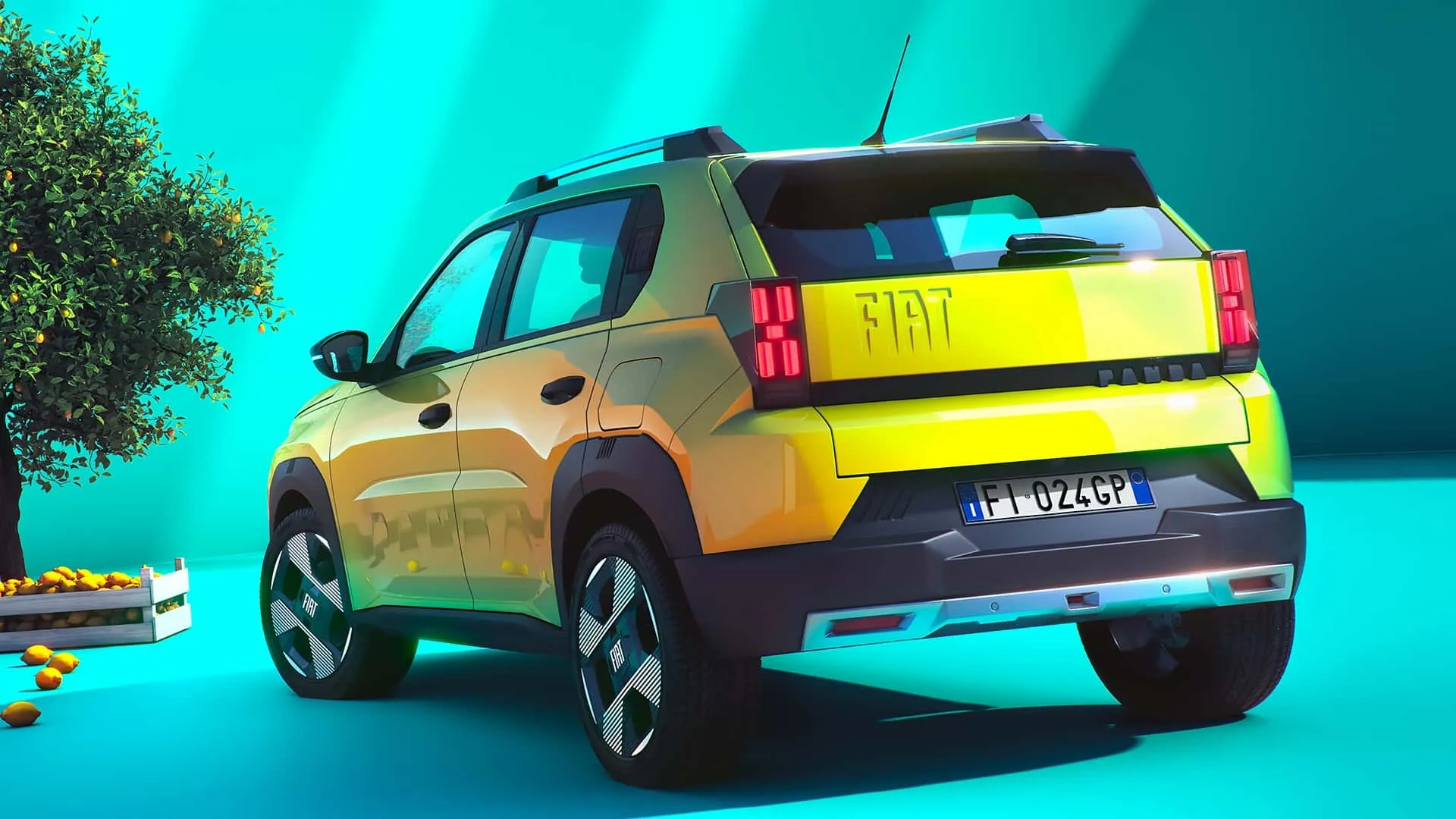
Regarding powertrains, the vehicle offers two distinct proposals. The electric version is equipped with a 44 kWh battery, capable of providing an approximate range of 199 miles according to the WLTP cycle in Europe, and approximately 150 miles according to the EPA cycle, if launched in the United States. On the other hand, the hybrid version combines a 1.2-liter three-cylinder turbo engine with an electric motor, aiming to optimize the model’s performance and energy efficiency. These options demonstrate a concern for diversification and adaptation to the different needs of the contemporary consumer.
Dimensions and Positioning in the Compact B Segment
Although it carries the designation “Grande,” the model stands out for its compact dimensions and practicality for urban use. With a length of 157.1 inches (approximately 3.99 meters), the Fiat Grande Panda is strategically positioned in the B segment, offering adequate interior space for families without sacrificing the agility needed for urban environments. This characteristic makes it an interesting option for consumers seeking mobility combined with a distinctive design.
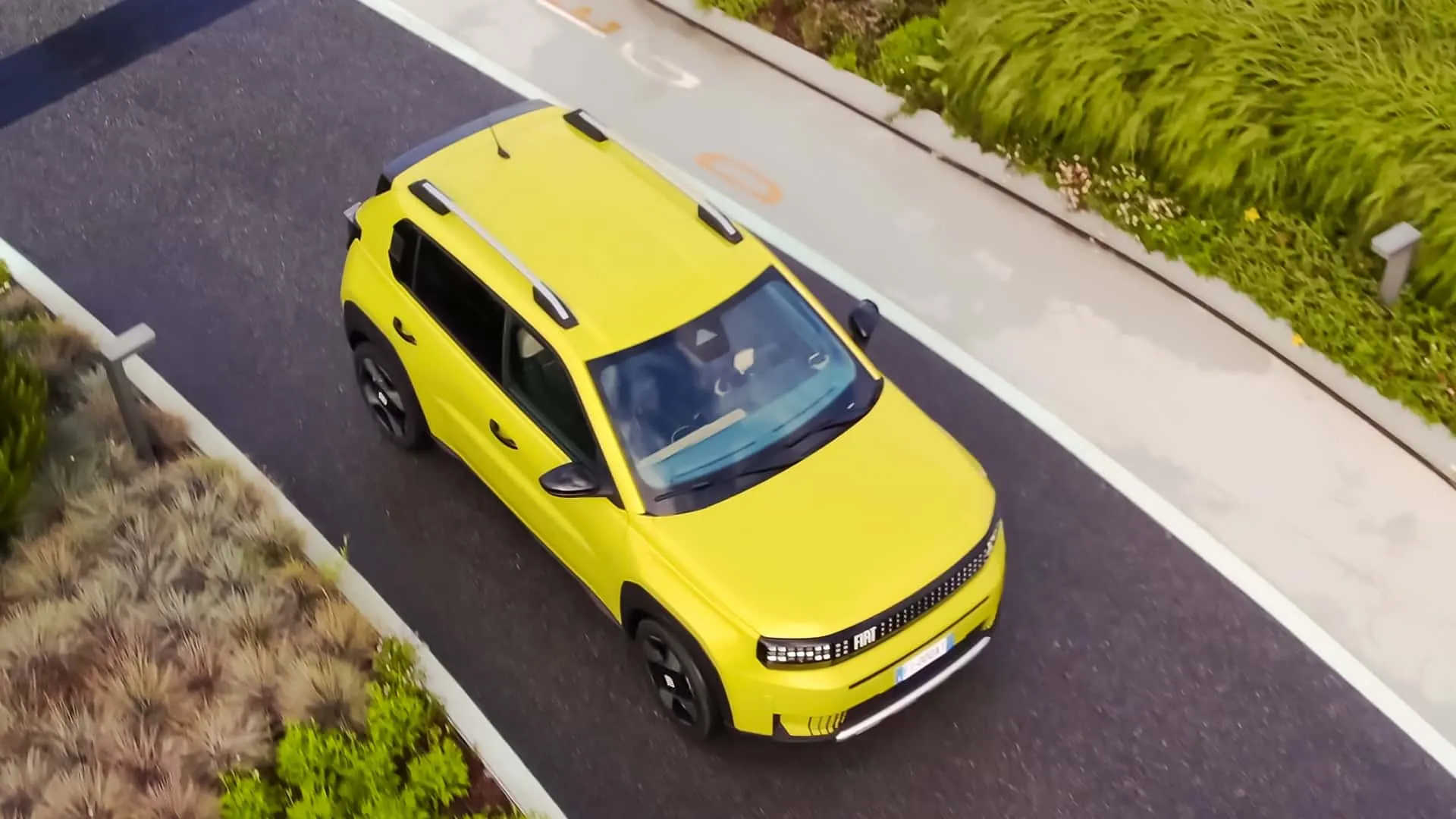
Furthermore, the vehicle’s positioning as a B-segment crossover reinforces its versatility and ability to meet both urban demands and more varied uses. The configuration that comfortably and safely accommodates five passengers is a highlight, contributing to the image of a practical and functional model. The choice of the name “Grande” is, therefore, another reference to the set of characteristics that expand the Panda’s capabilities without compromising its compact and agile nature.
Functional Interior with Wood Trim
The Fiat Grande Panda’s interior is characterized by a minimalist and functional approach, where simple design combines with details that enhance the brand’s tradition. The wood trim and textured surfaces compose an interior that prioritizes practicality without sacrificing touches of sophistication. This choice of materials aims to offer a pleasant and intuitive environment, aligned with the philosophy of daily and practical use that the model proposes.
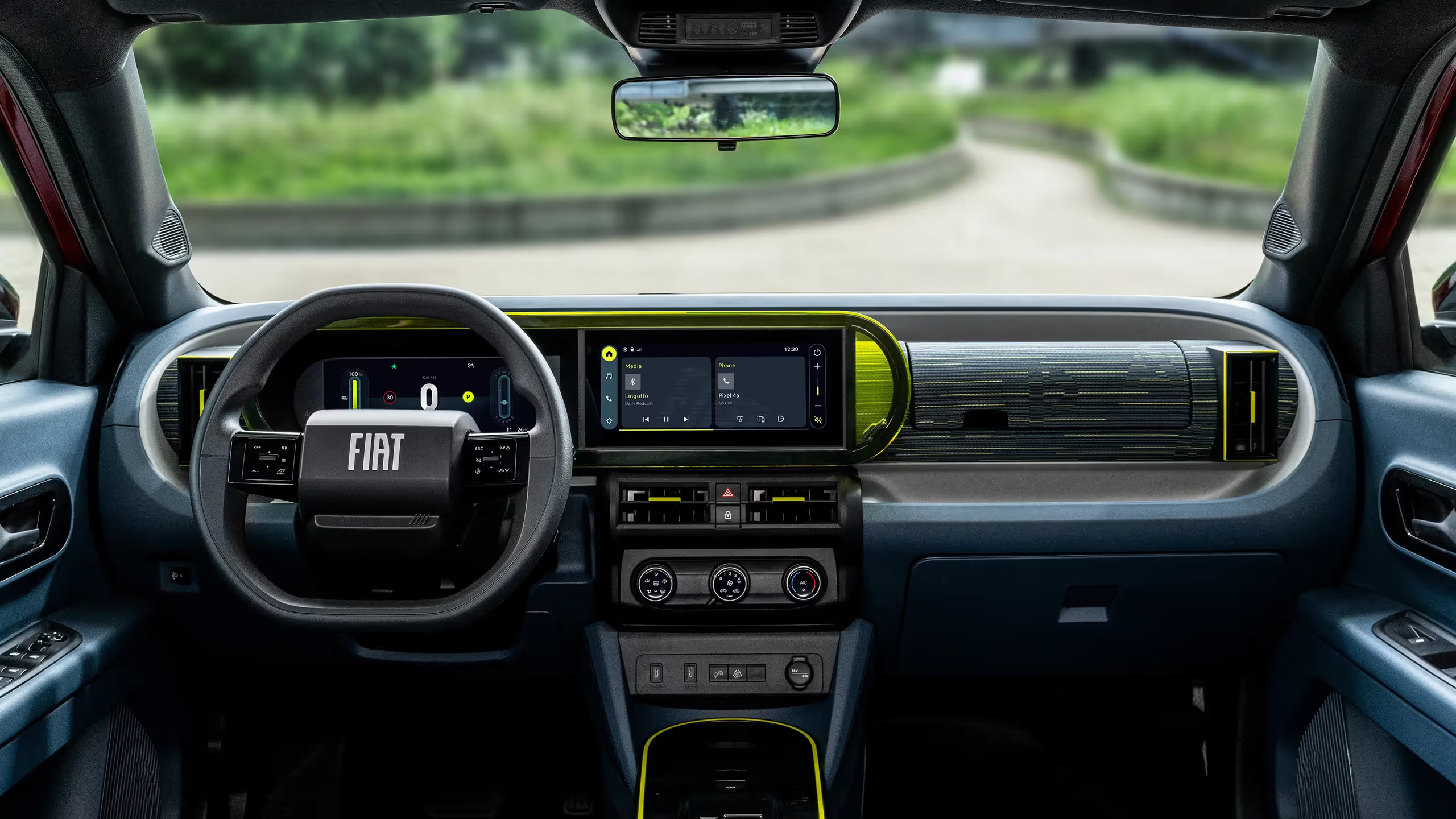
The arrangement of elements on the dashboard and the presence of a small acrylic model of the original Fiat Panda next to the infotainment screen demonstrate the intention of creating a link between the past and the present. Every detail was planned so that the interior remains functional and easy to handle, contributing to a straightforward and uncomplicated driving experience. This approach highlights the concern for ergonomics and usability, essential elements for a vehicle intended for urban and family use.
Competitive Price and Market Competition
Regarding pricing, the Fiat Grande Panda emerges as a competitive proposal, especially in the electric version, which has an estimated price of around £22,000 in Europe – a value close to US$28,500. This pricing puts it in a strategic position against competing models such as the Citroën C3, Dacia Sandero, and other affordable electric vehicles, including some Chinese models. The goal is to offer a product with advanced technology at a cost that remains accessible to a wide range of consumers.
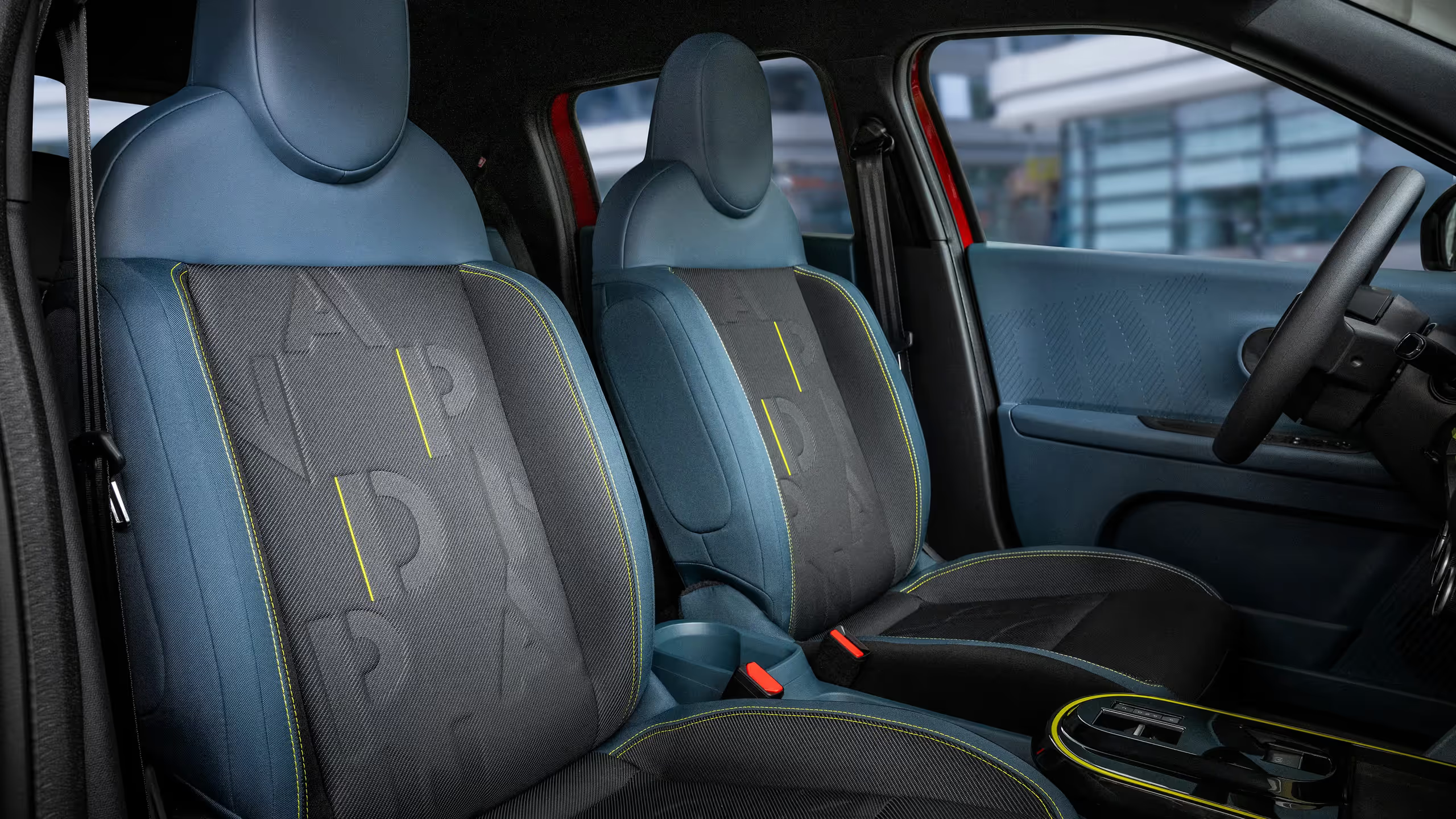
The pricing strategy is aligned with the current market, where the search for vehicles with a low environmental footprint and good energy efficiency has gained ground. The possibility of the model being launched in the United States, with speculation about an even more competitive price – possibly around US$25,000 – reinforces the potential of the Fiat Grande Panda as an entry-level option for consumers interested in sustainable mobility. Thus, the price positioning highlights the balance between technology, efficiency, and accessibility.
Global Expansion and Future Prospects of the Model
The launch of the Fiat Grande Panda is scheduled to initially take place in markets such as Europe, the Middle East, and Africa, with a strong possibility of entry into North America. This expansion strategy reflects Fiat’s interest in consolidating its global presence, adapting to the new demands for electric and hybrid vehicles in different regions. The choice of diverse markets demonstrates the manufacturer’s confidence in the model’s acceptance, both for its innovation and the practicality of its specifications.
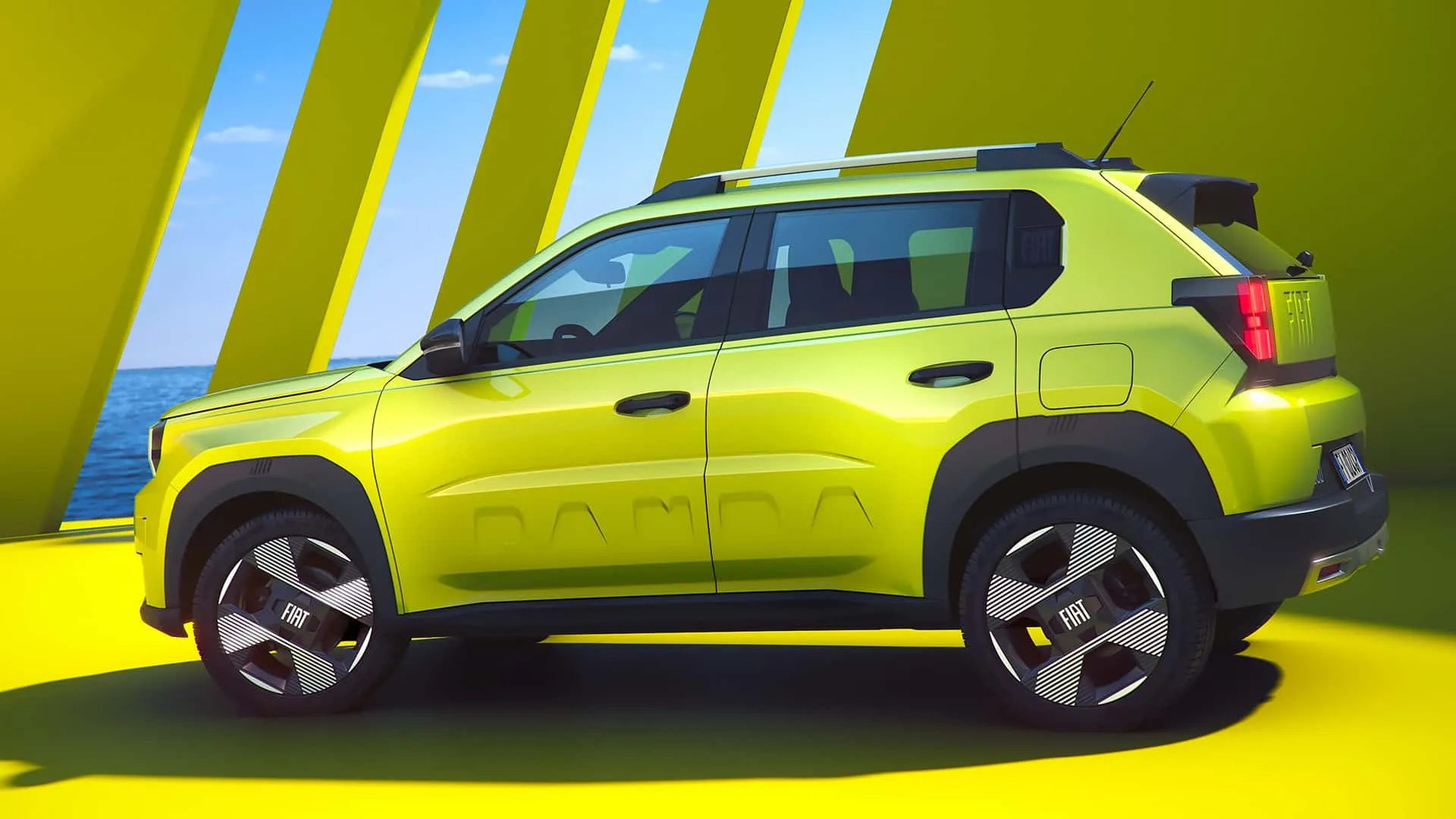
Future prospects for the Fiat Grande Panda also include the annual launch of new Panda family models until 2027, demonstrating a commitment to constant evolution and updating its product line. The vehicle’s manufacturing, which is expected to take place outside of Italy, possibly in Serbia, is another indication that the brand seeks to optimize its processes and adapt its production to the demands of the global market. This strategic approach highlights a forward-looking vision that aims to integrate technological innovation, sustainability, and accessibility, essential characteristics for maintaining competitiveness in the automotive sector.
Fiat Grande Panda Photo Gallery

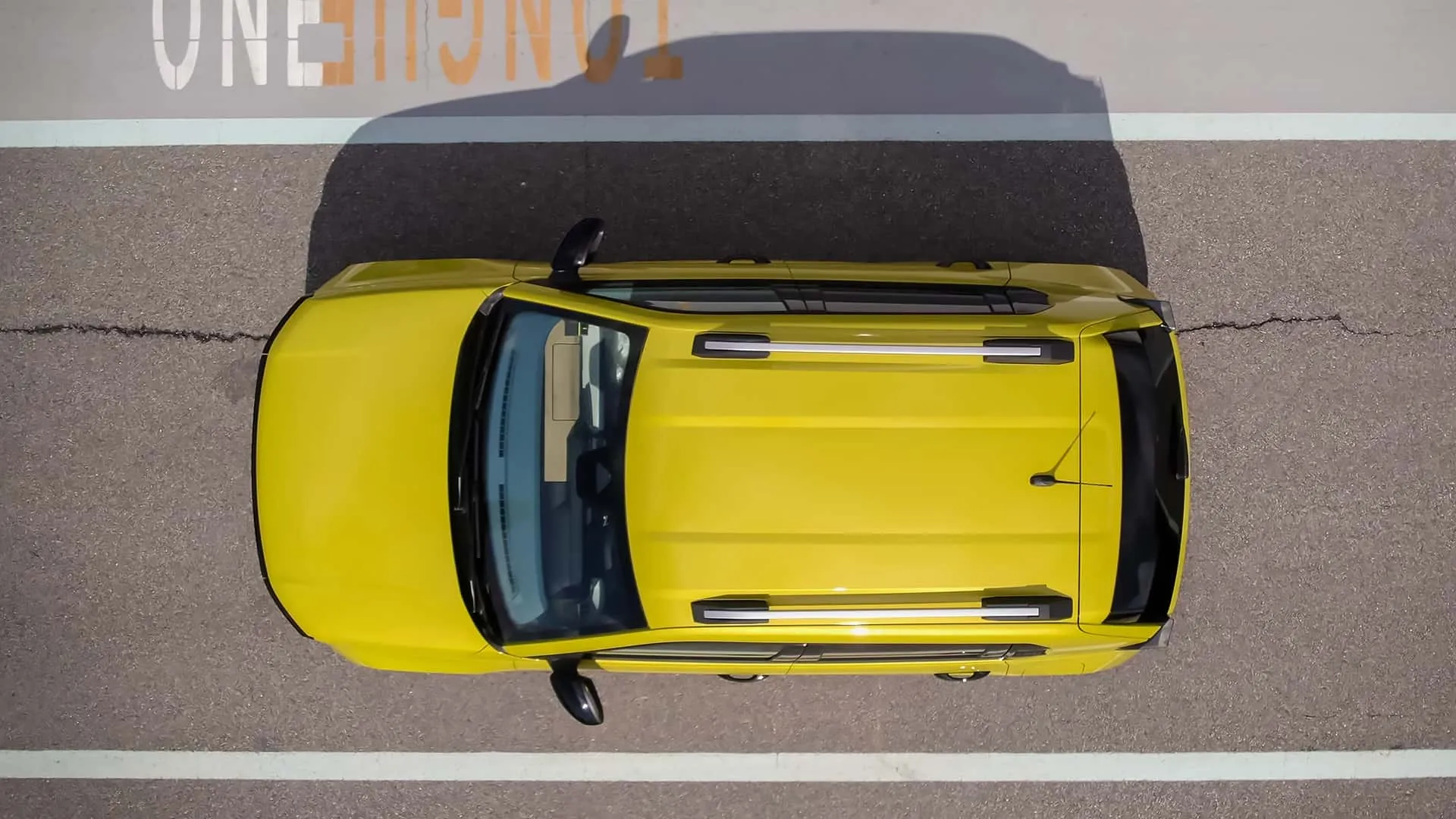


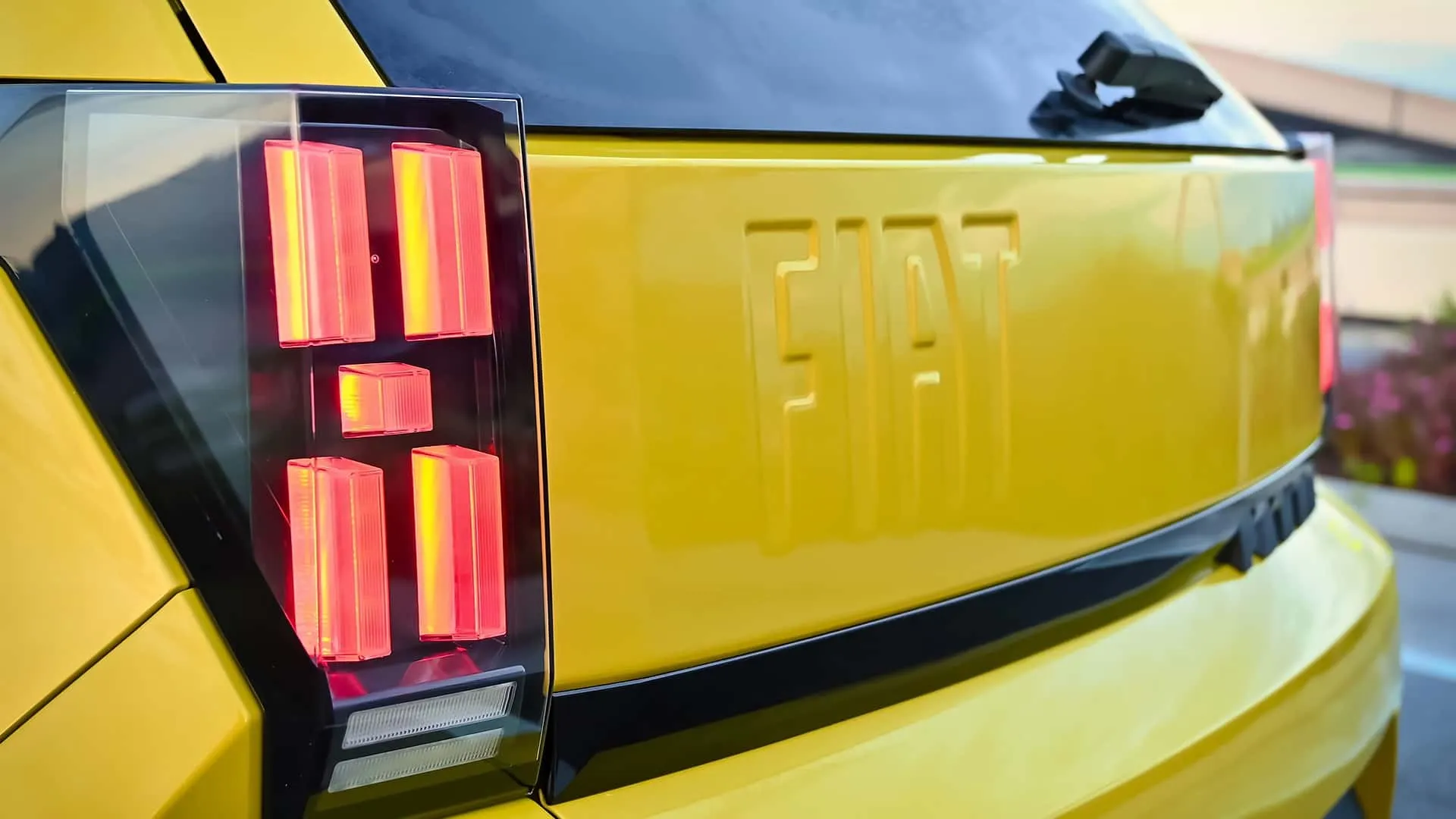
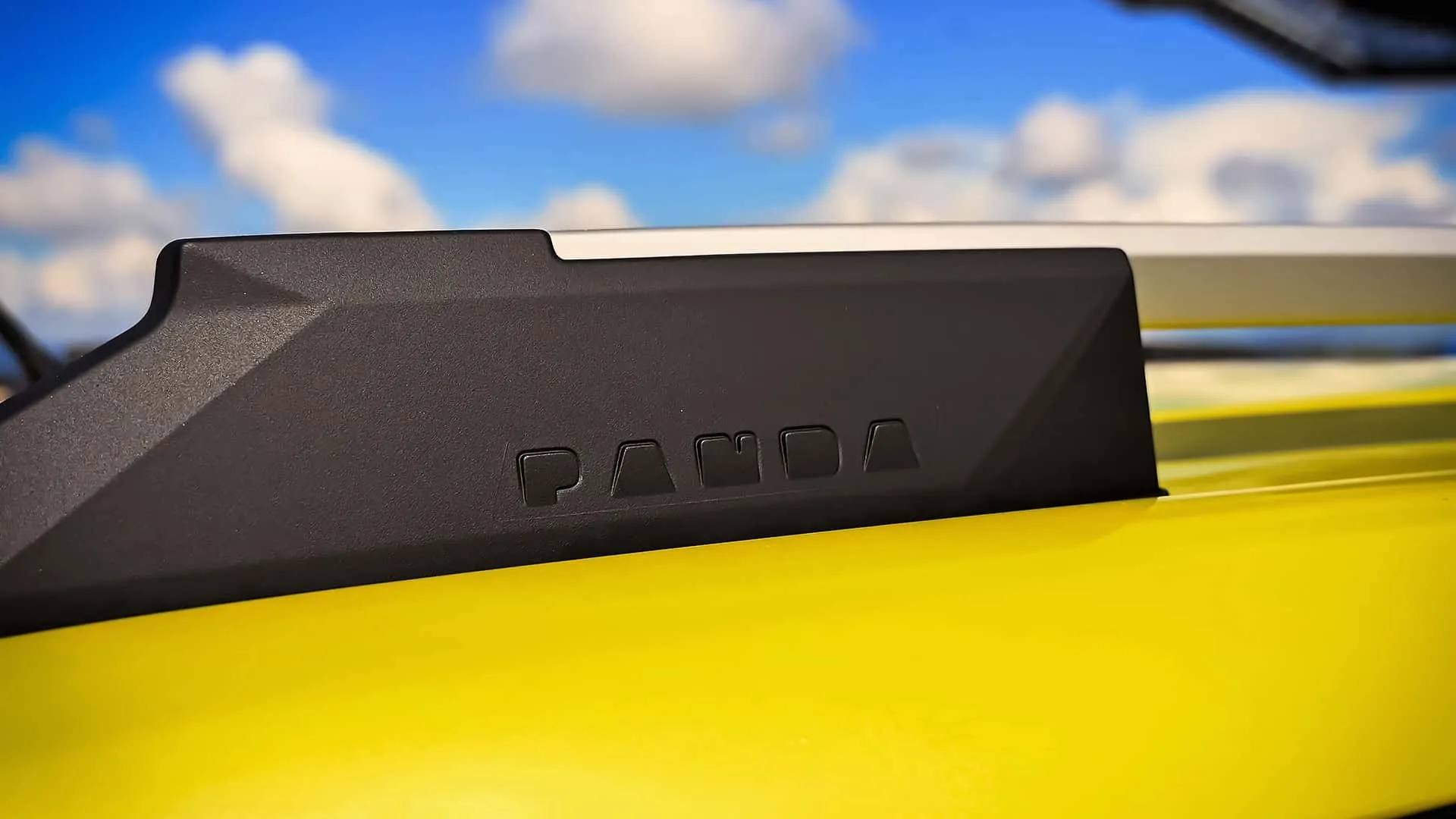
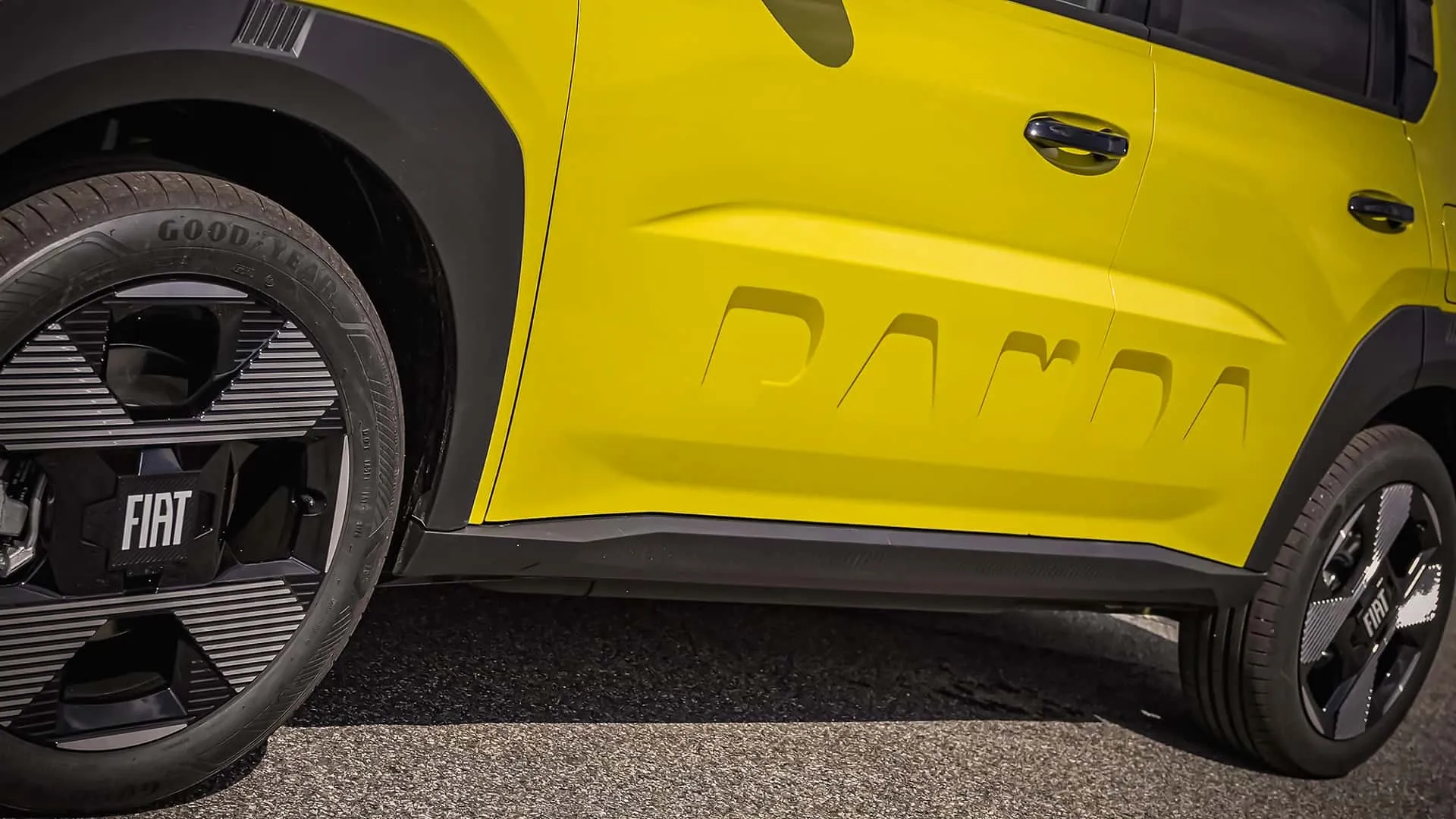
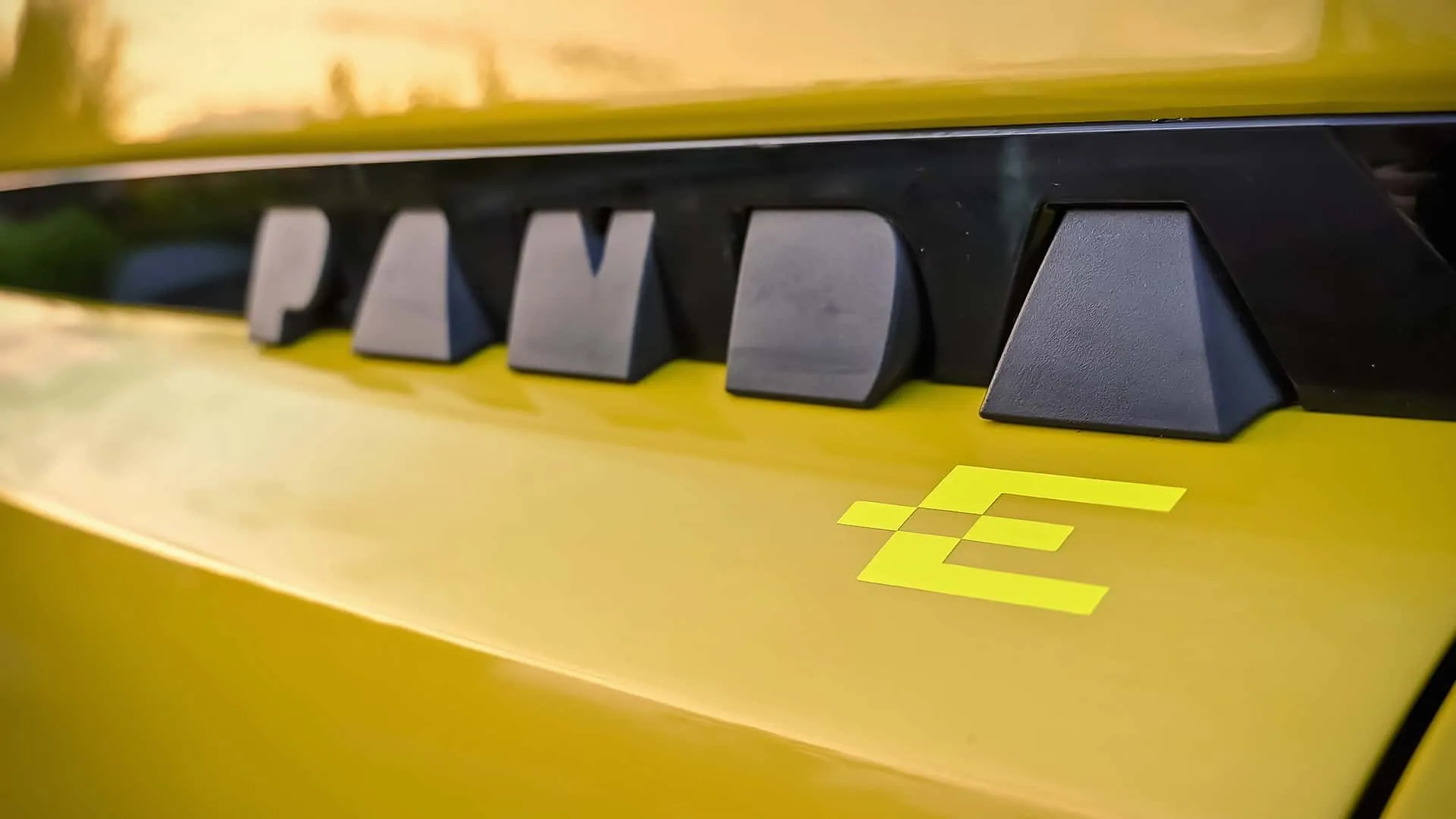
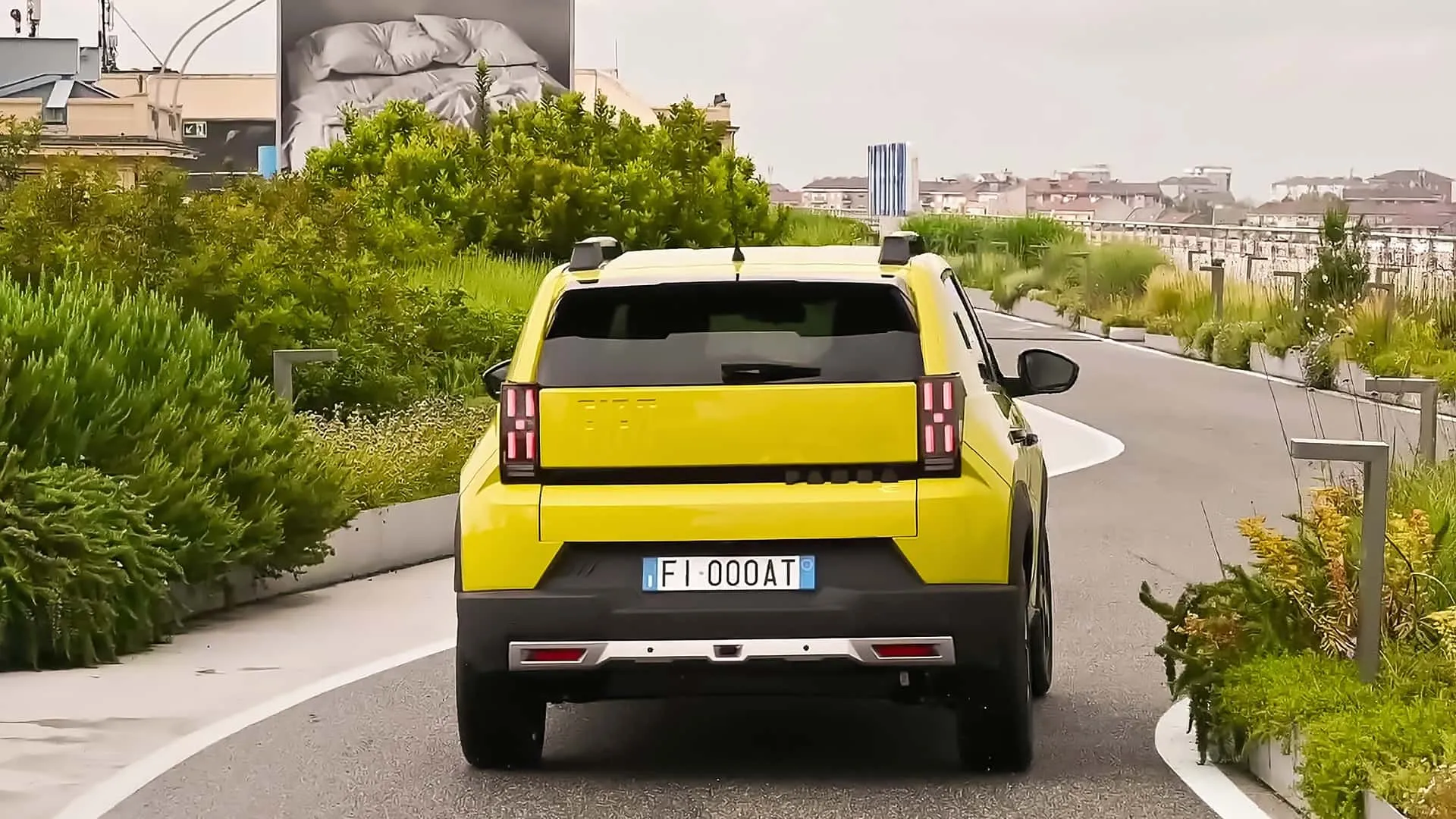
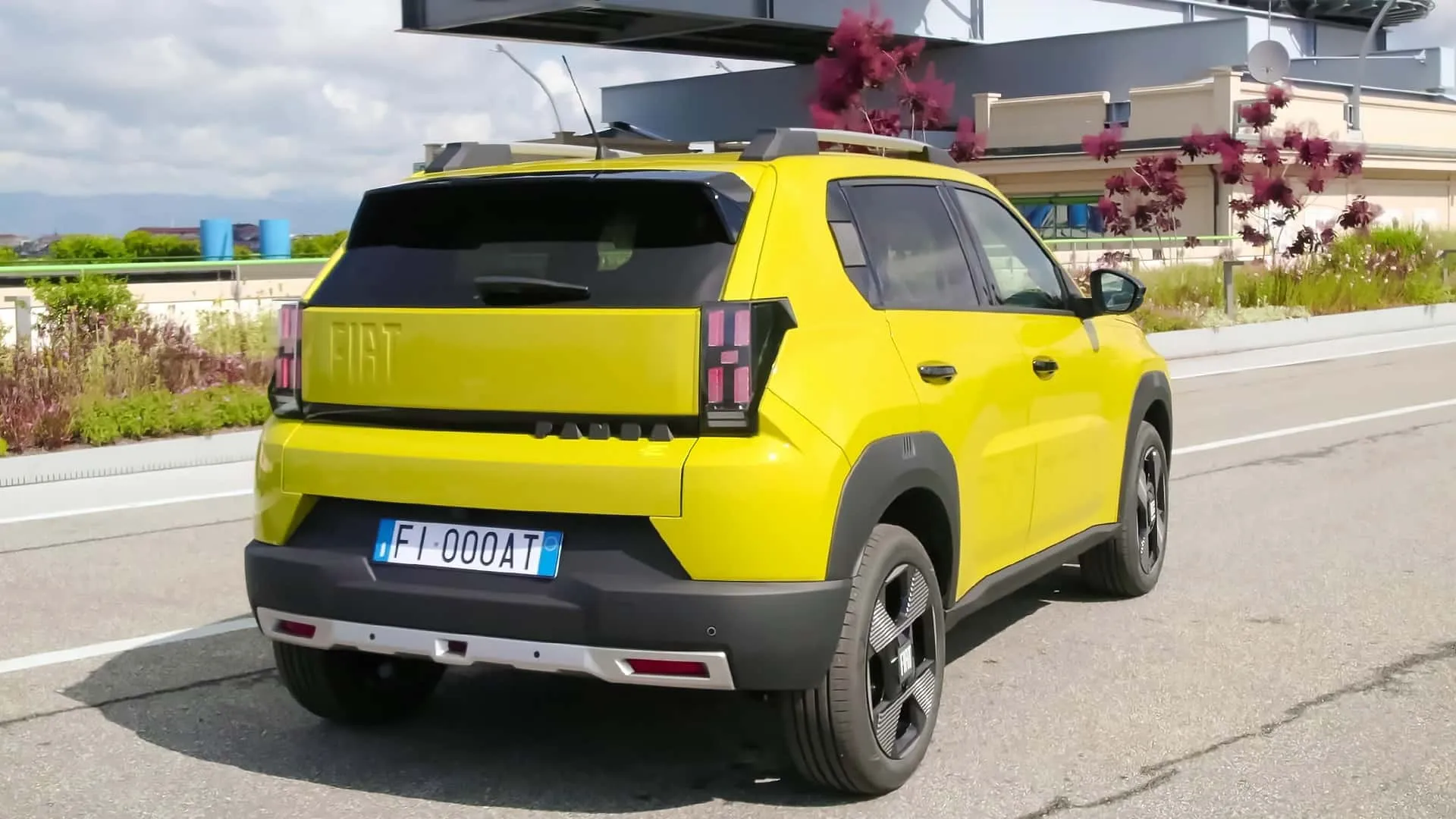
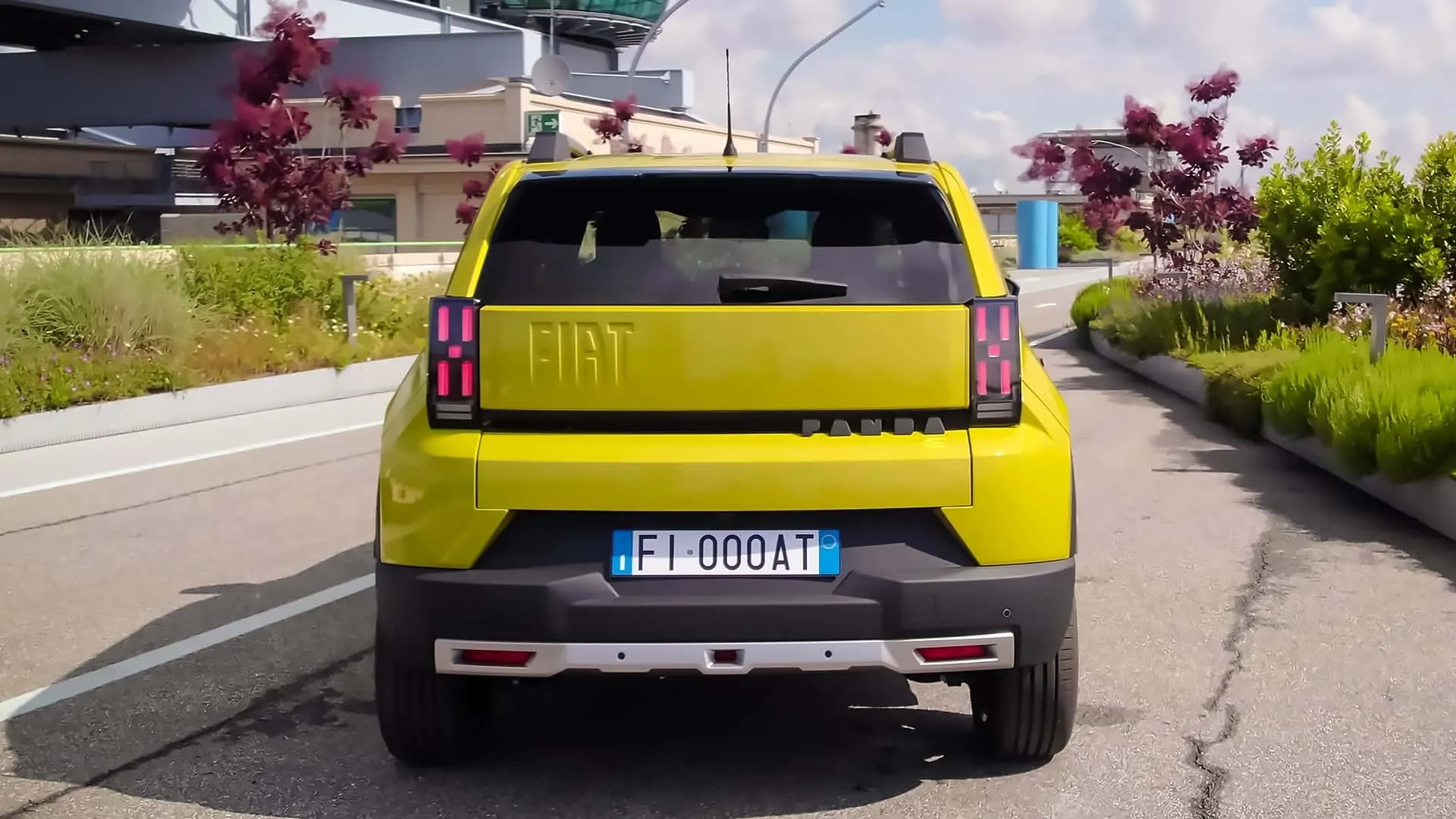
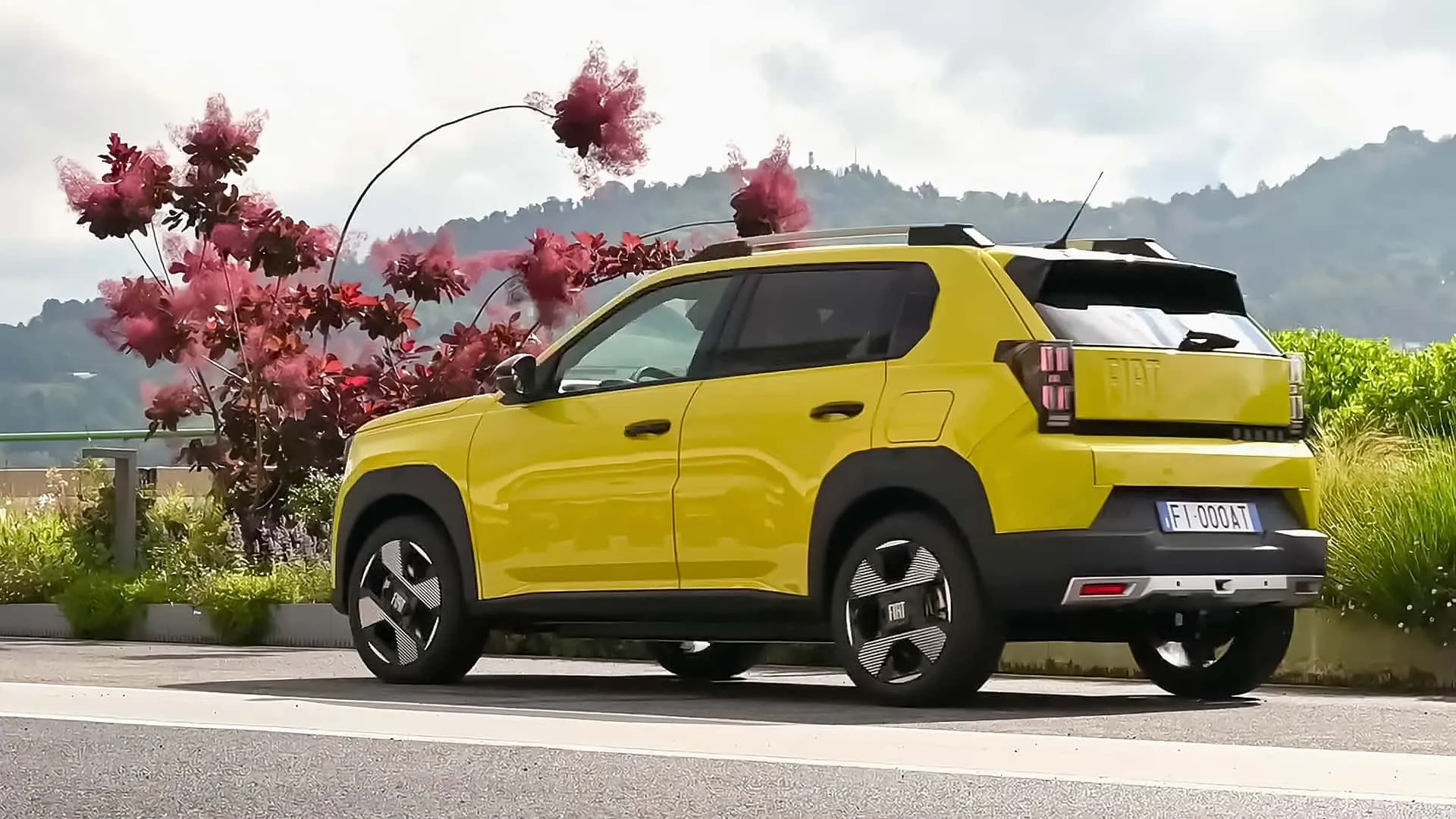
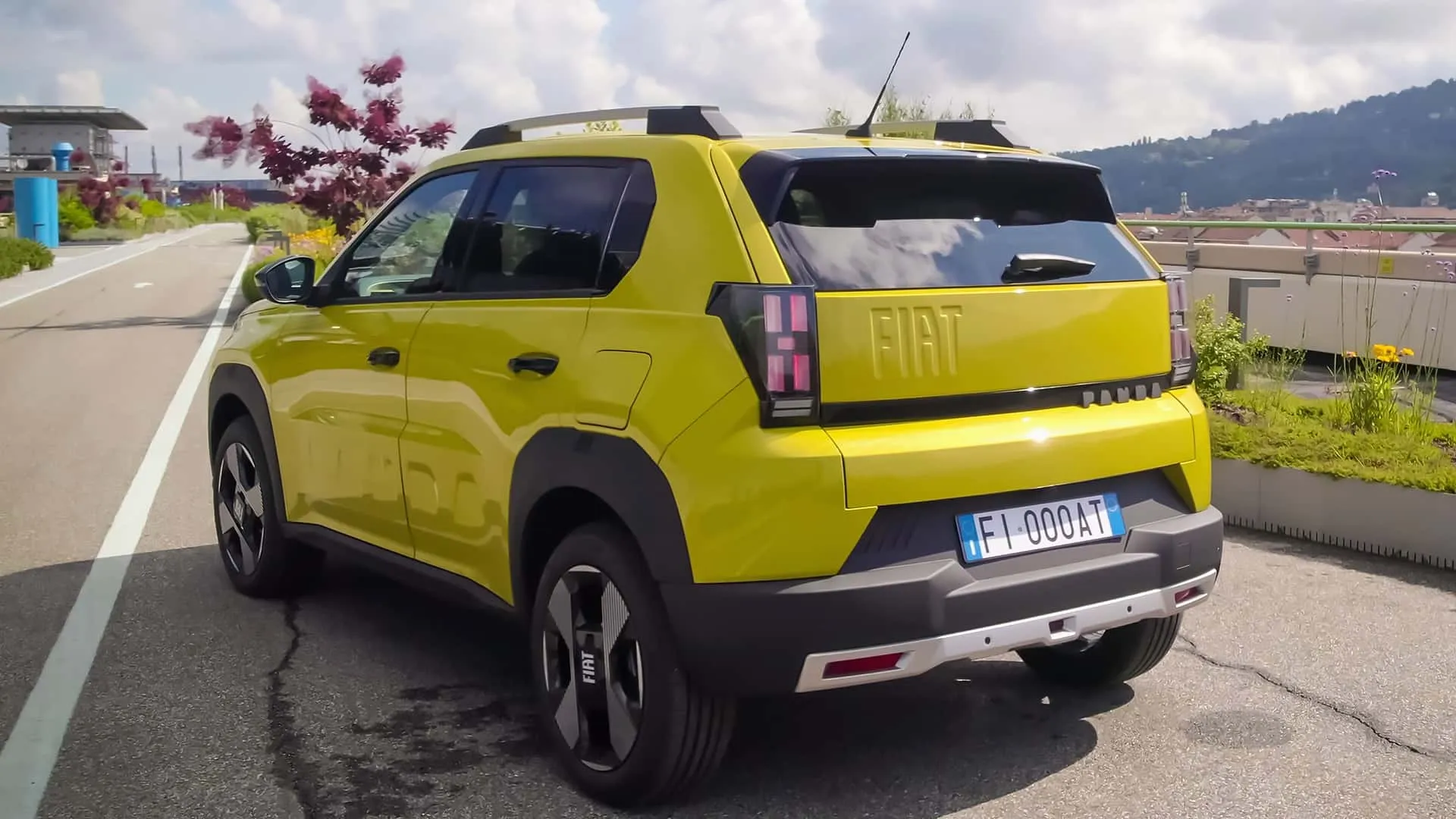
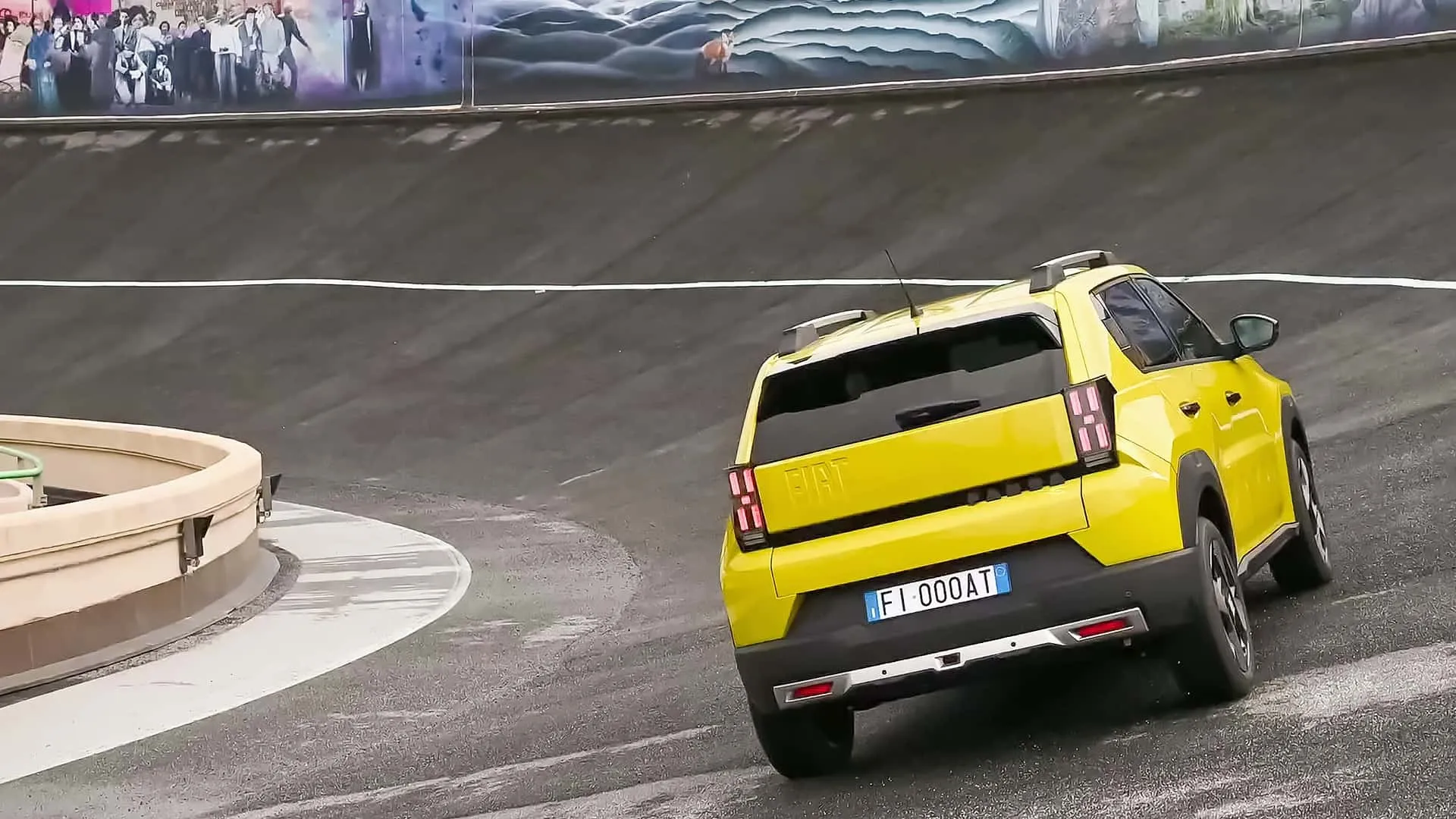

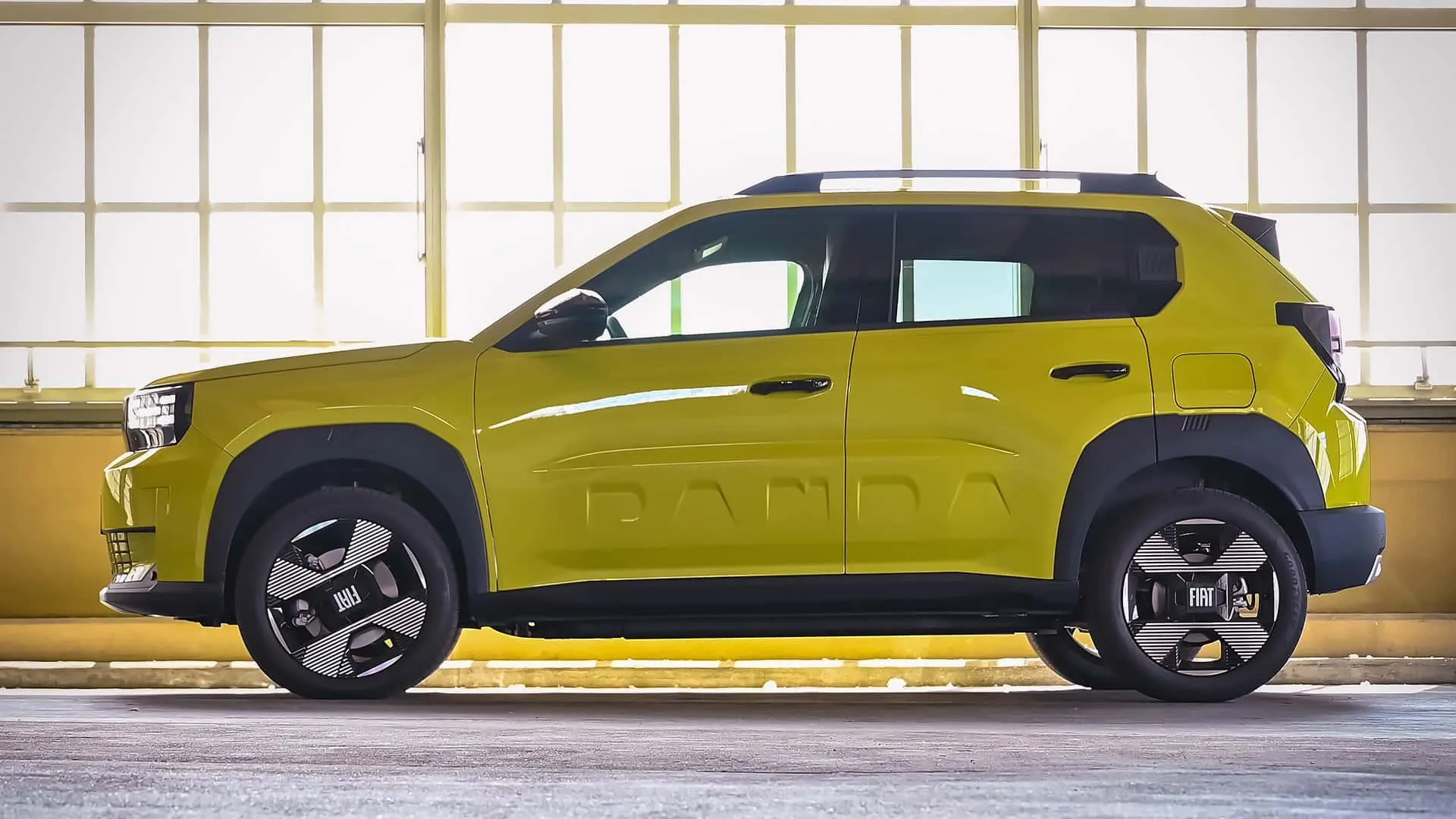
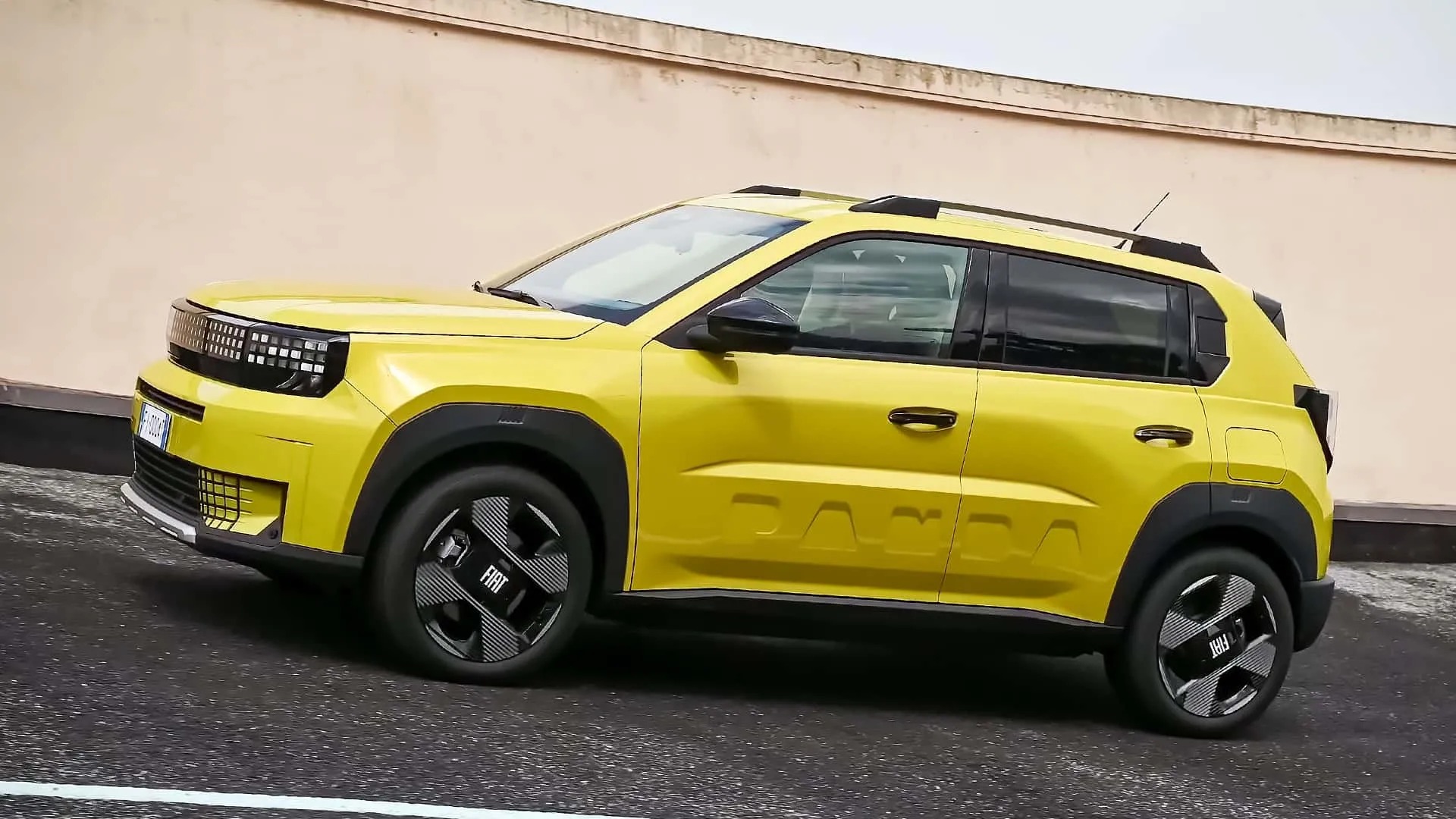
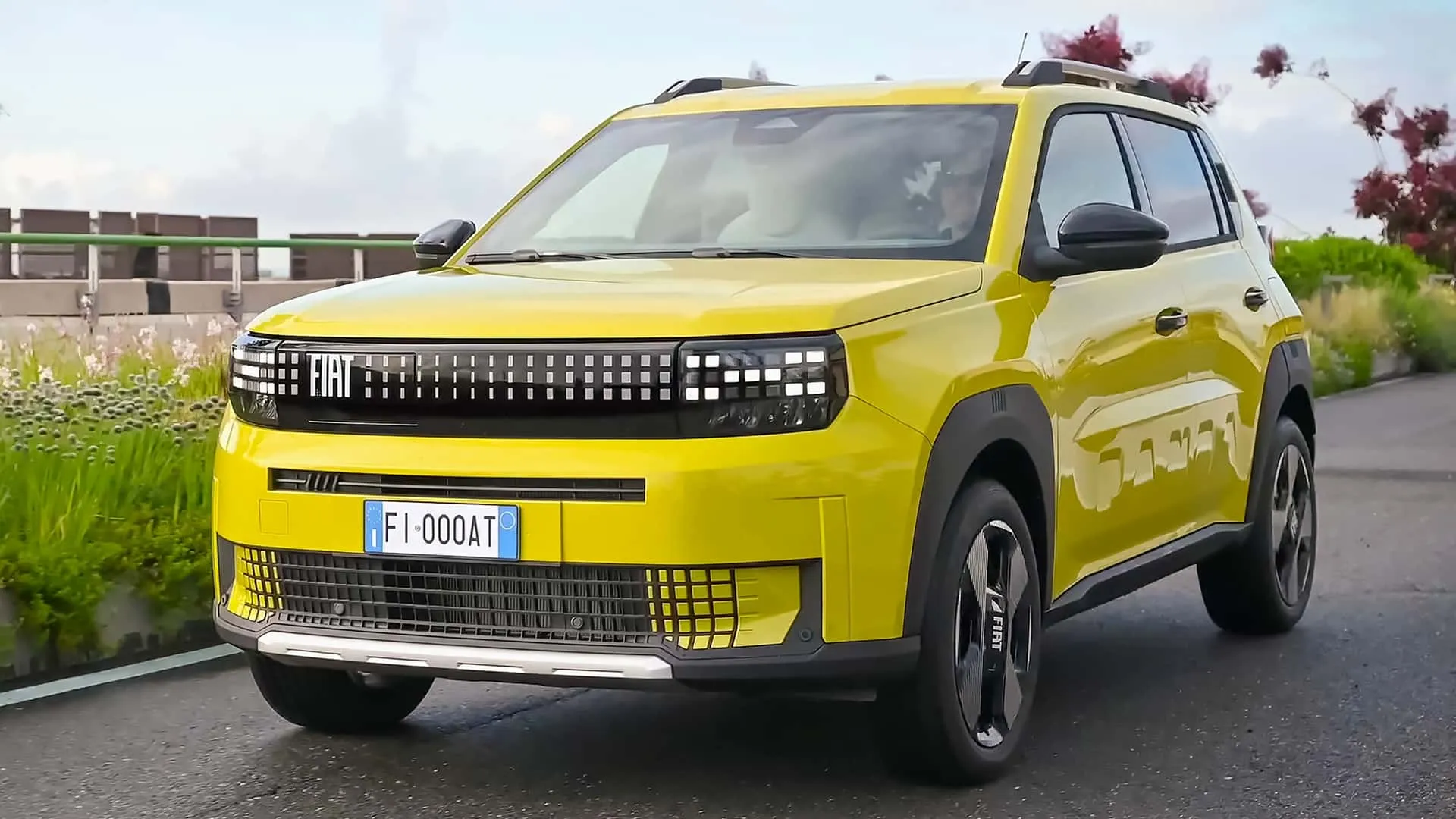
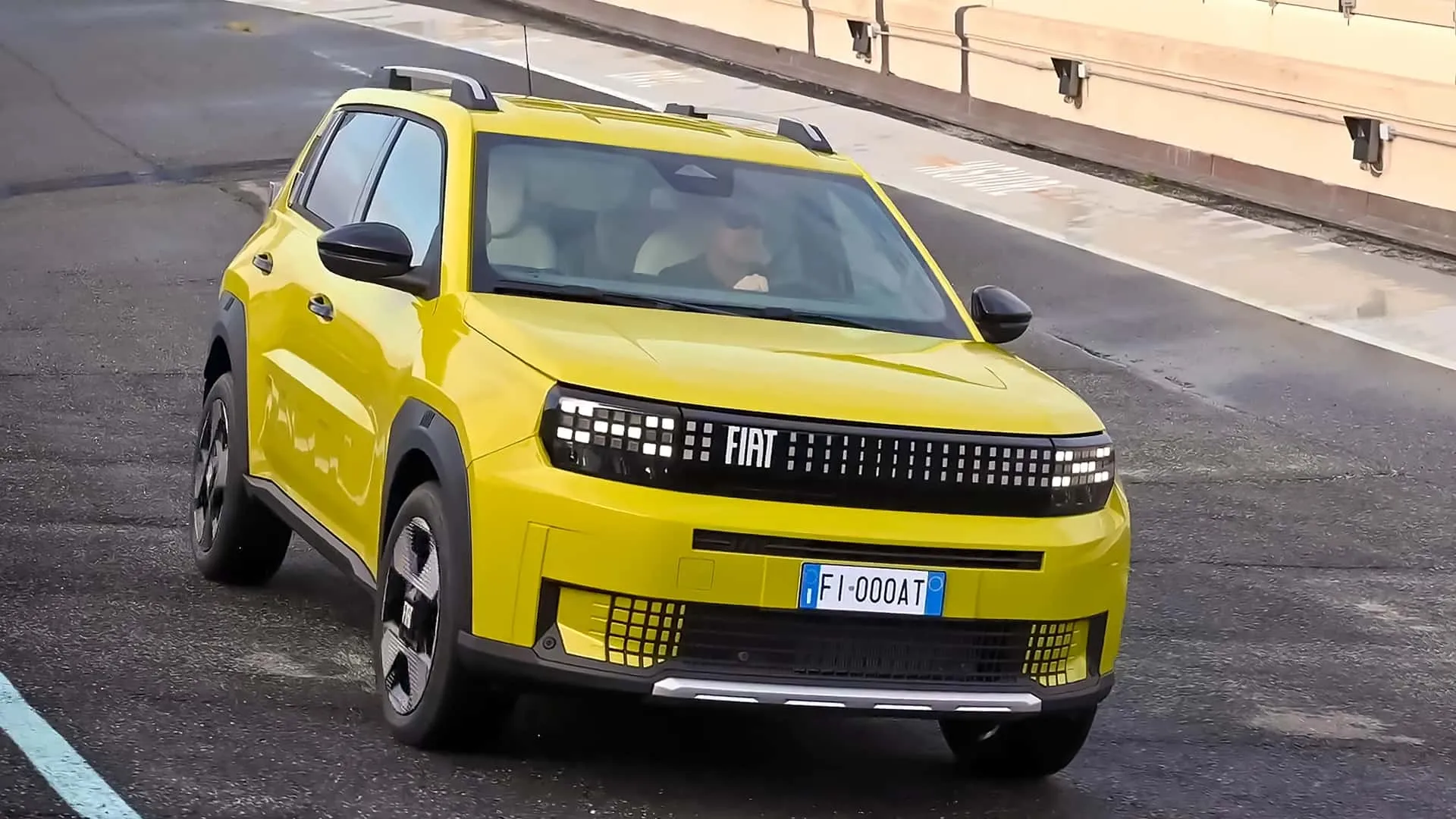
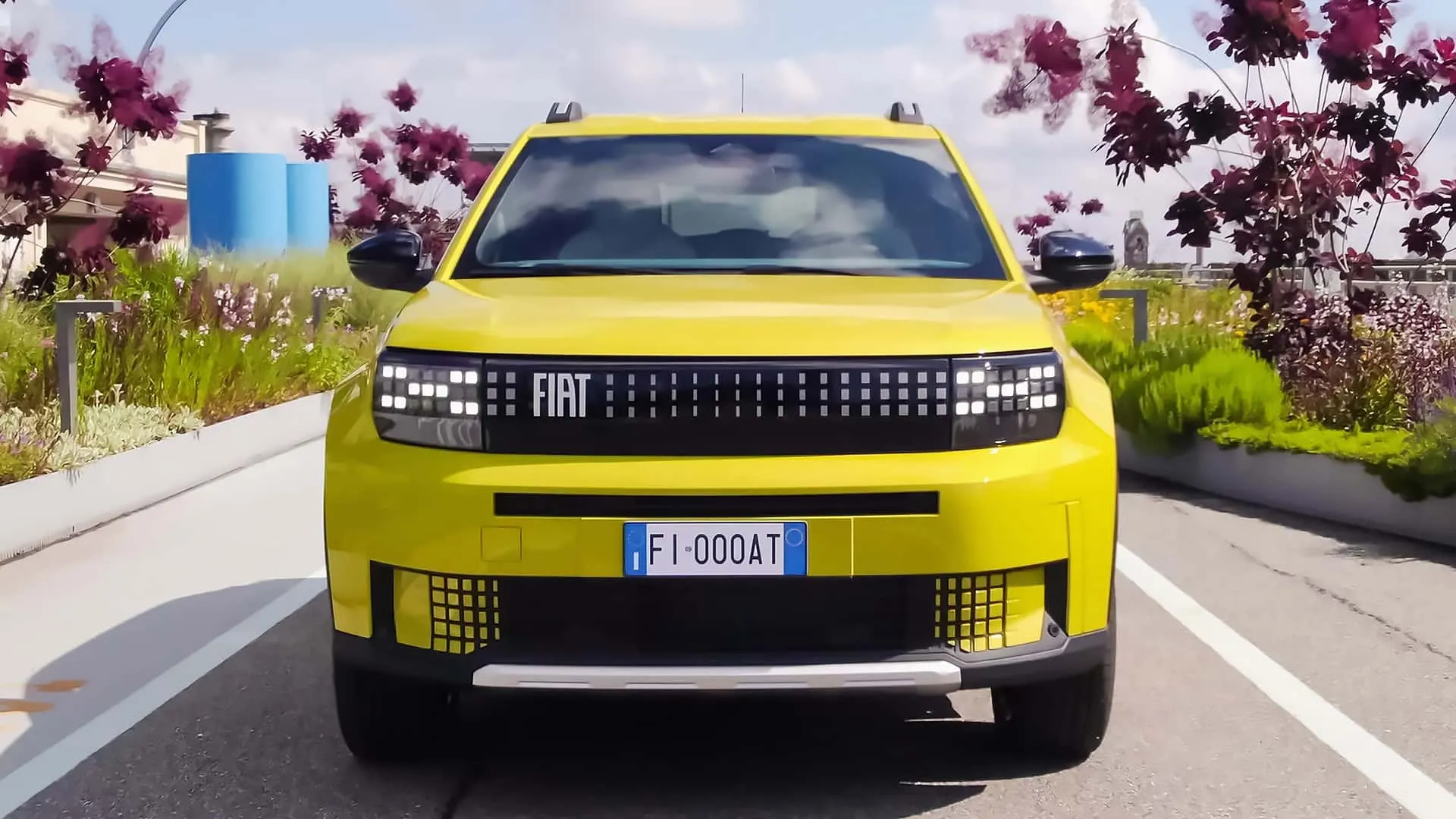
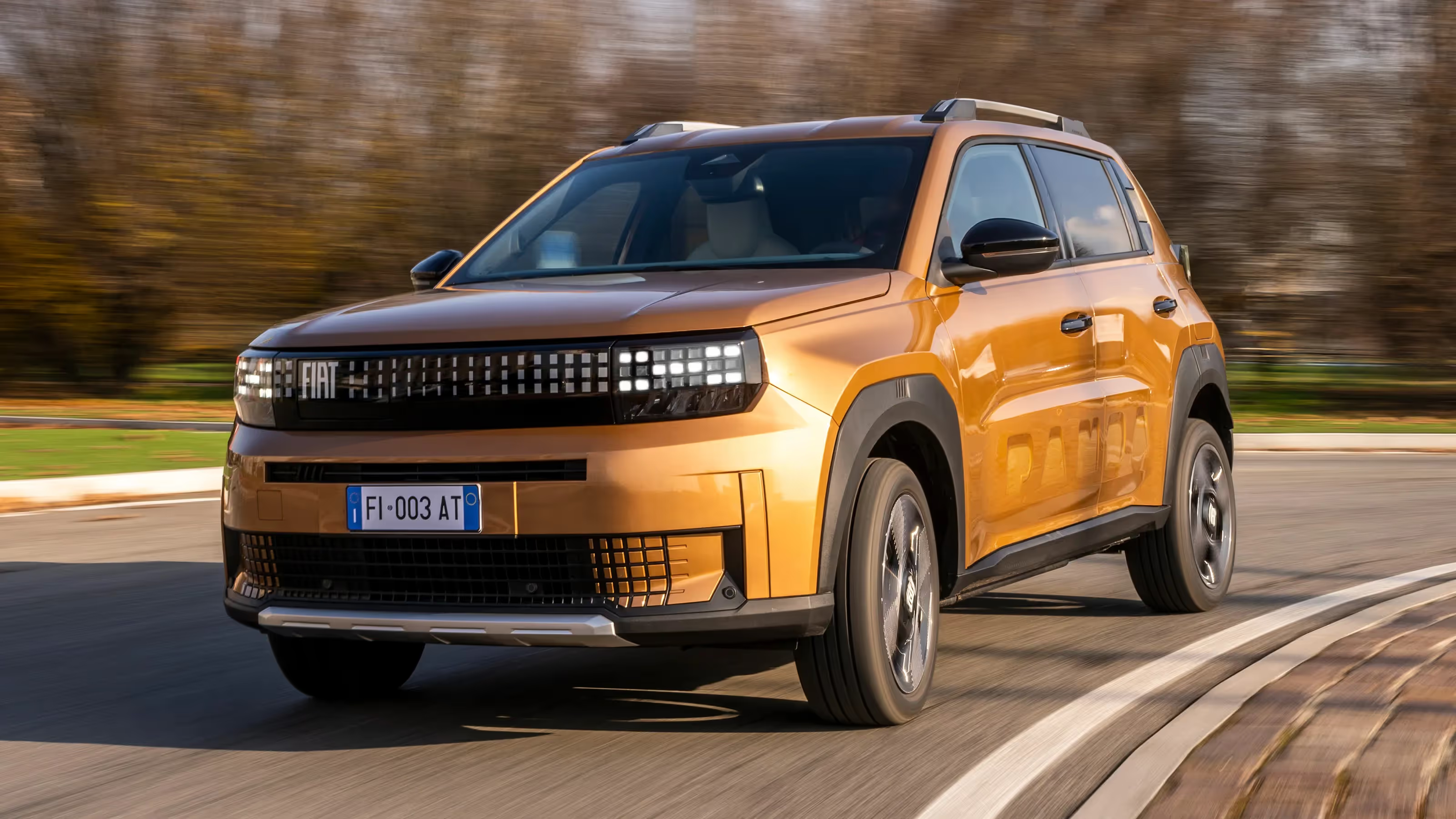
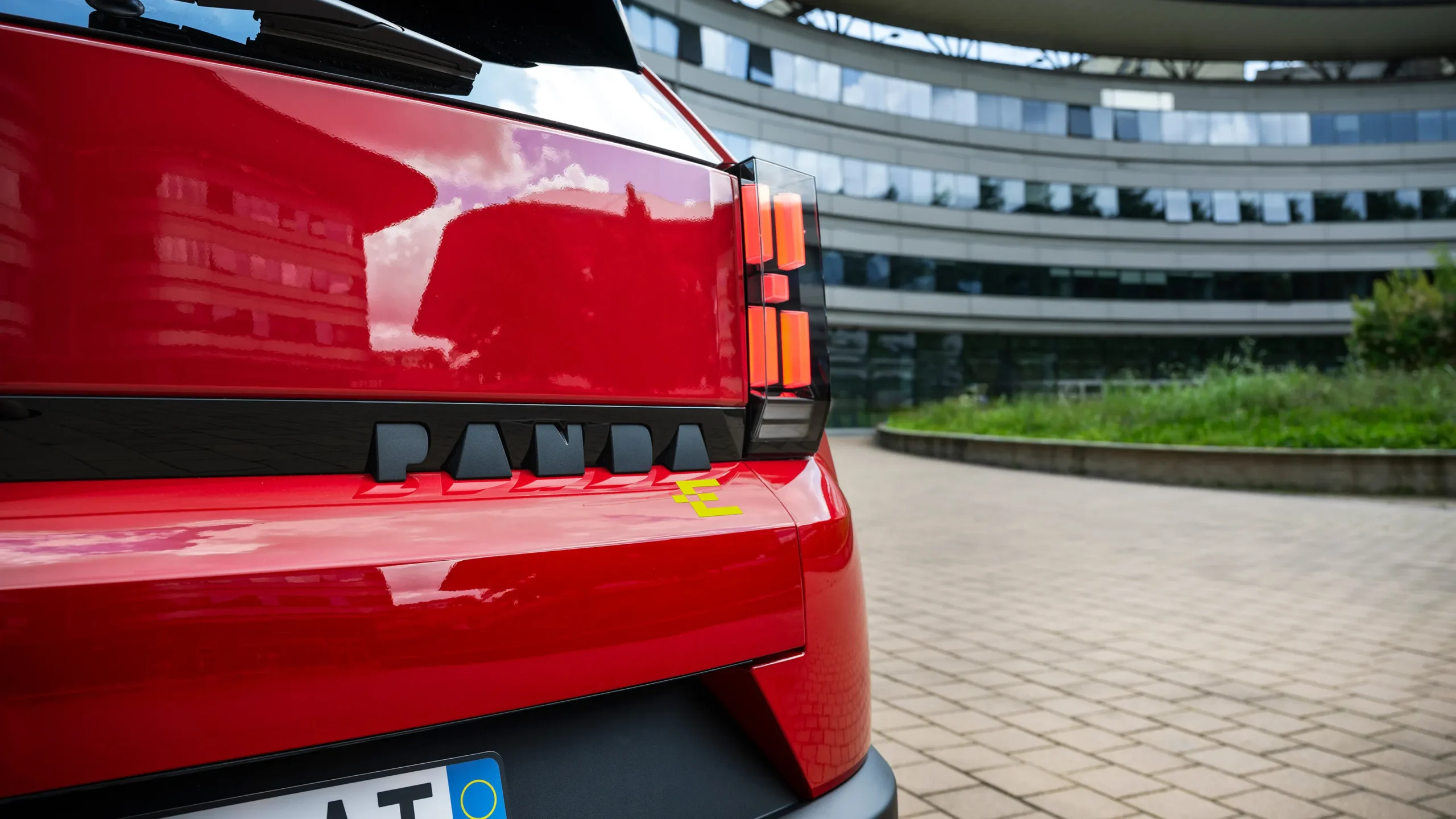
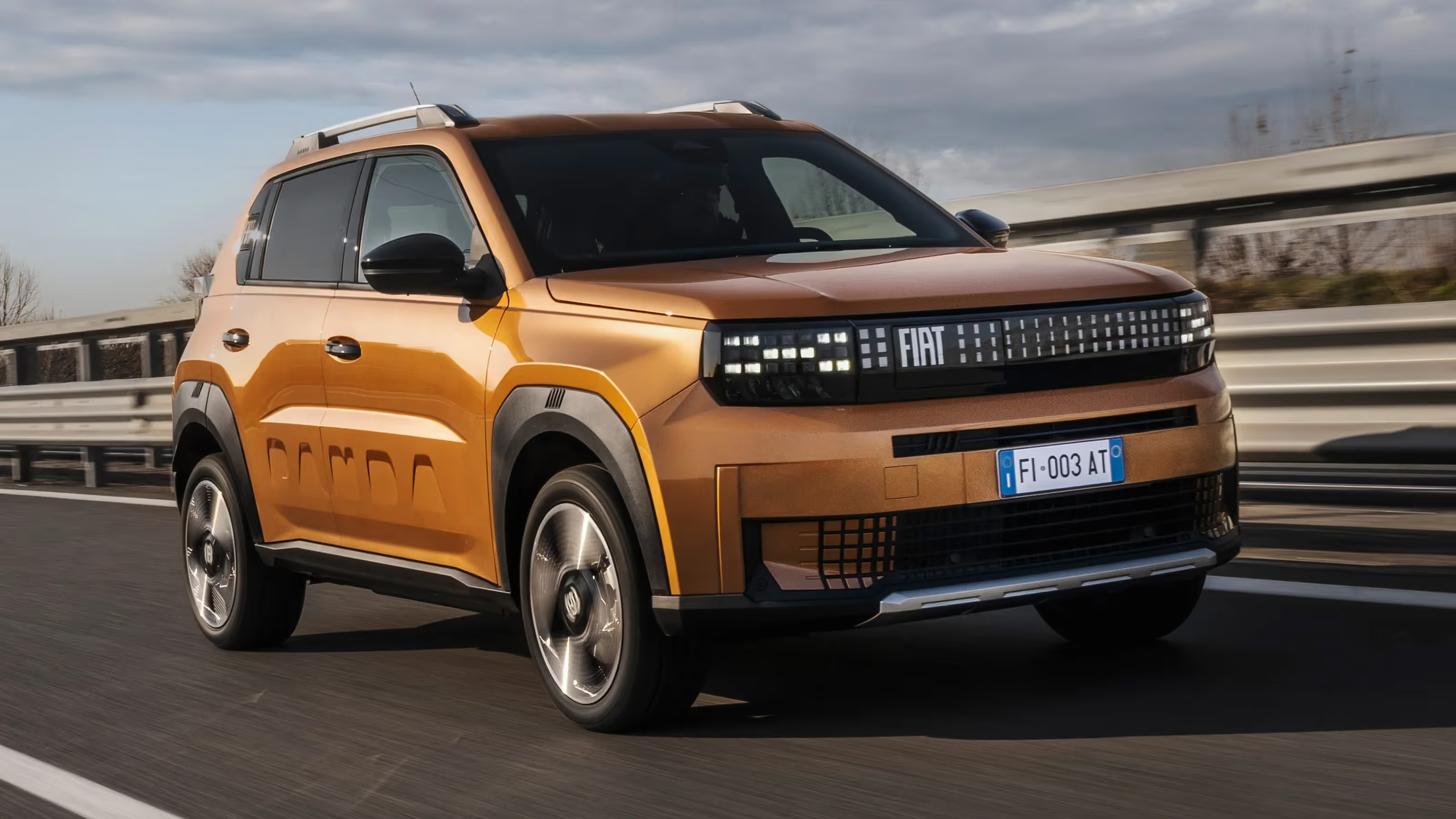
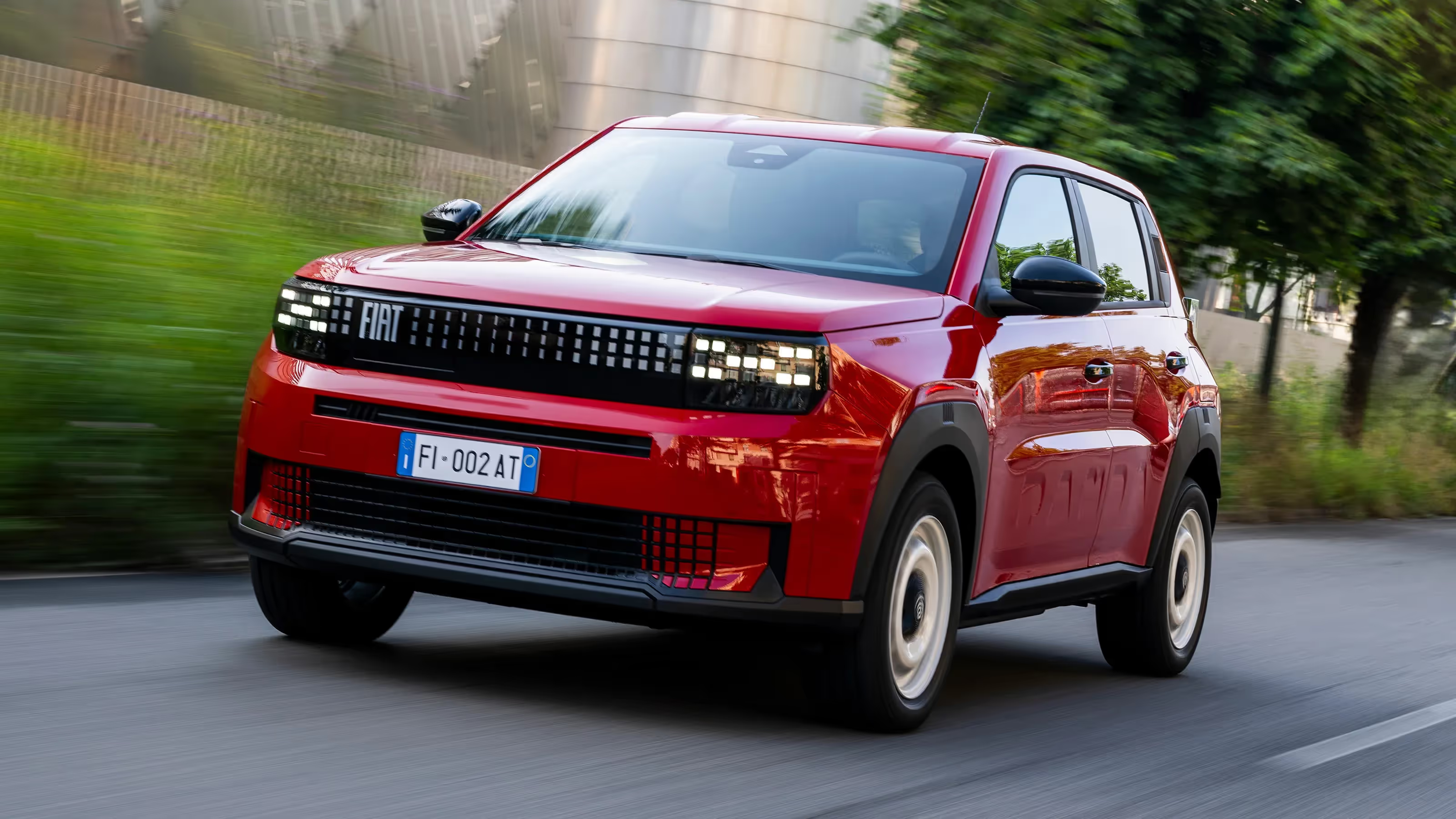
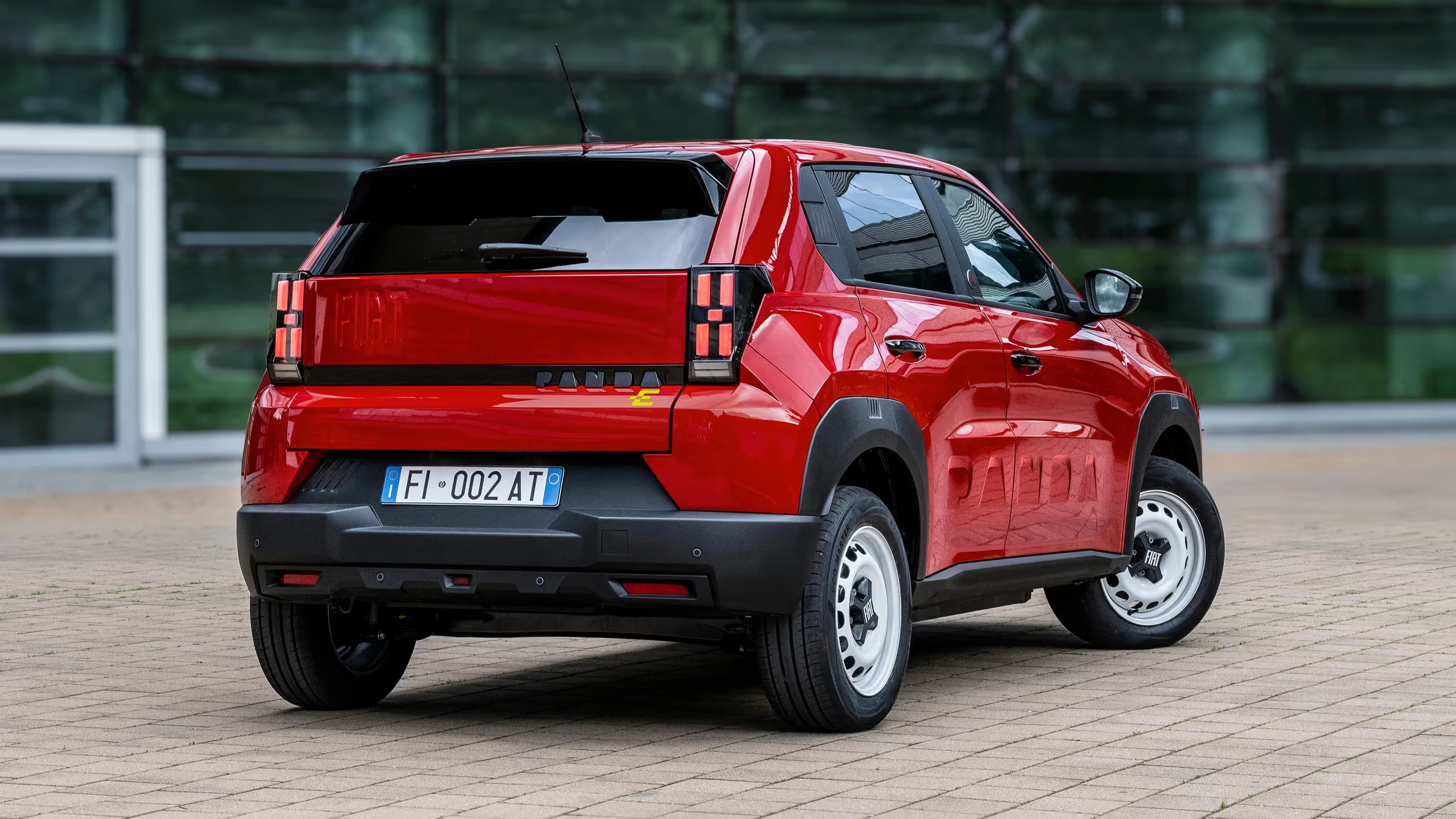
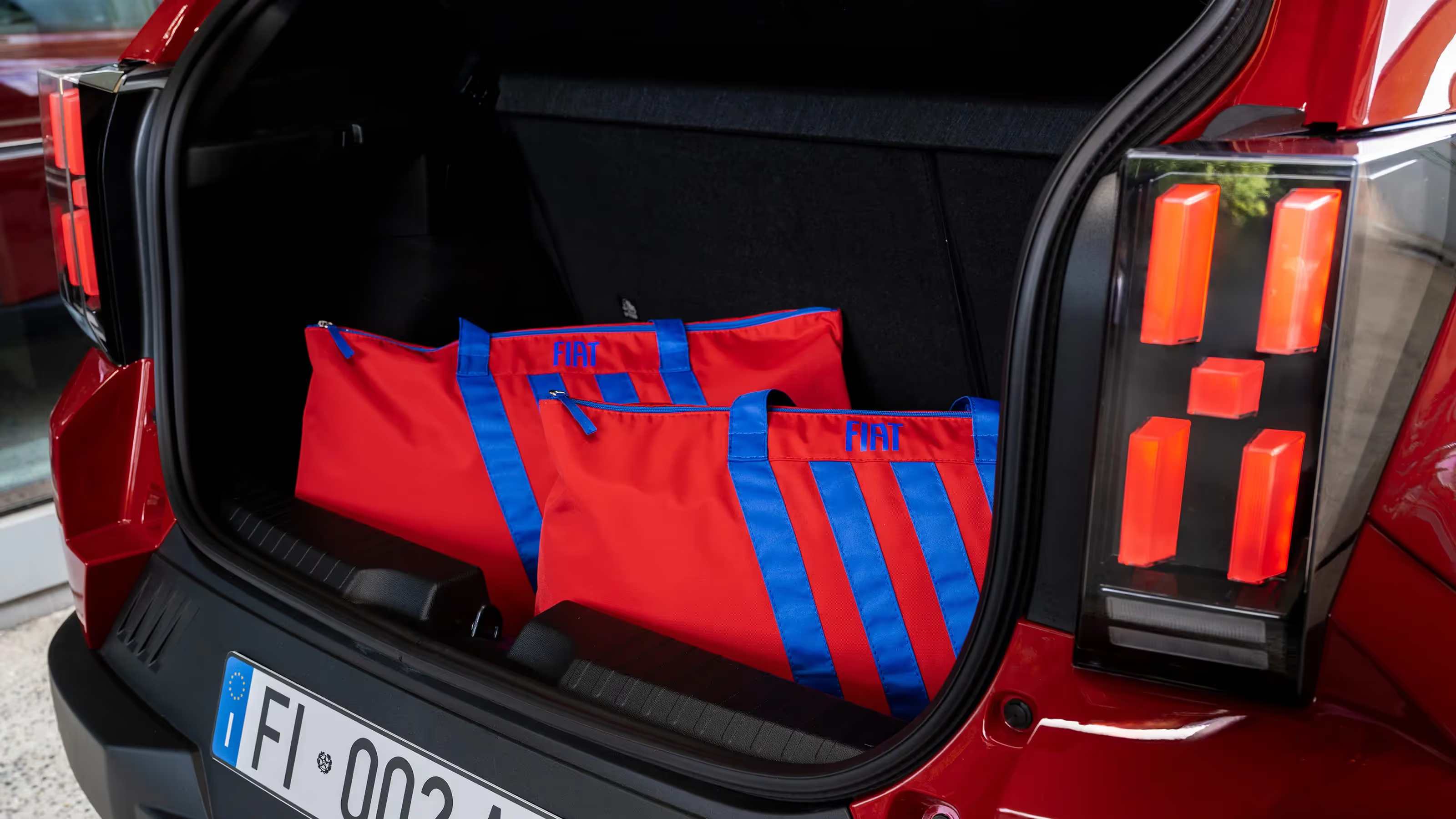
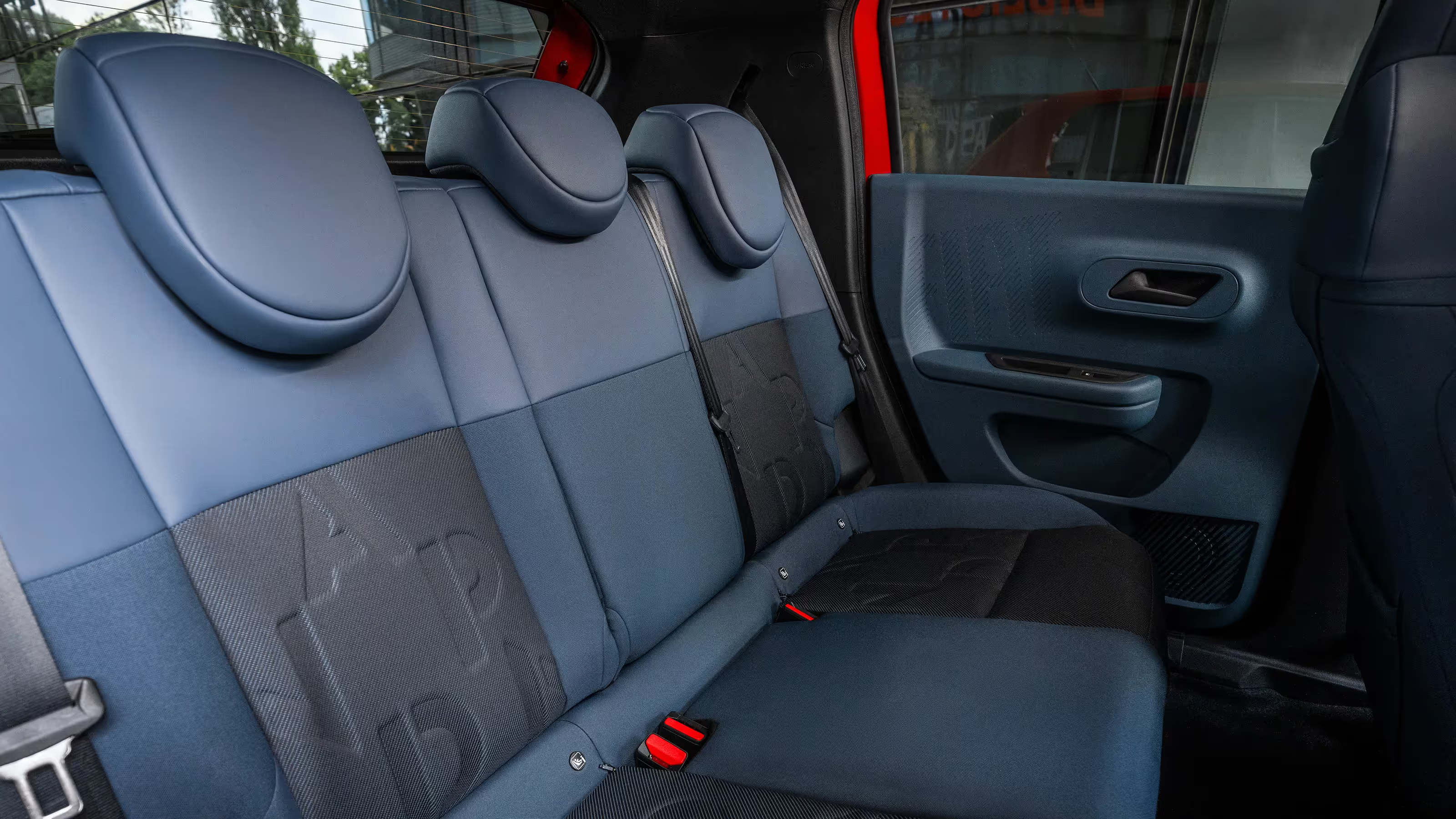
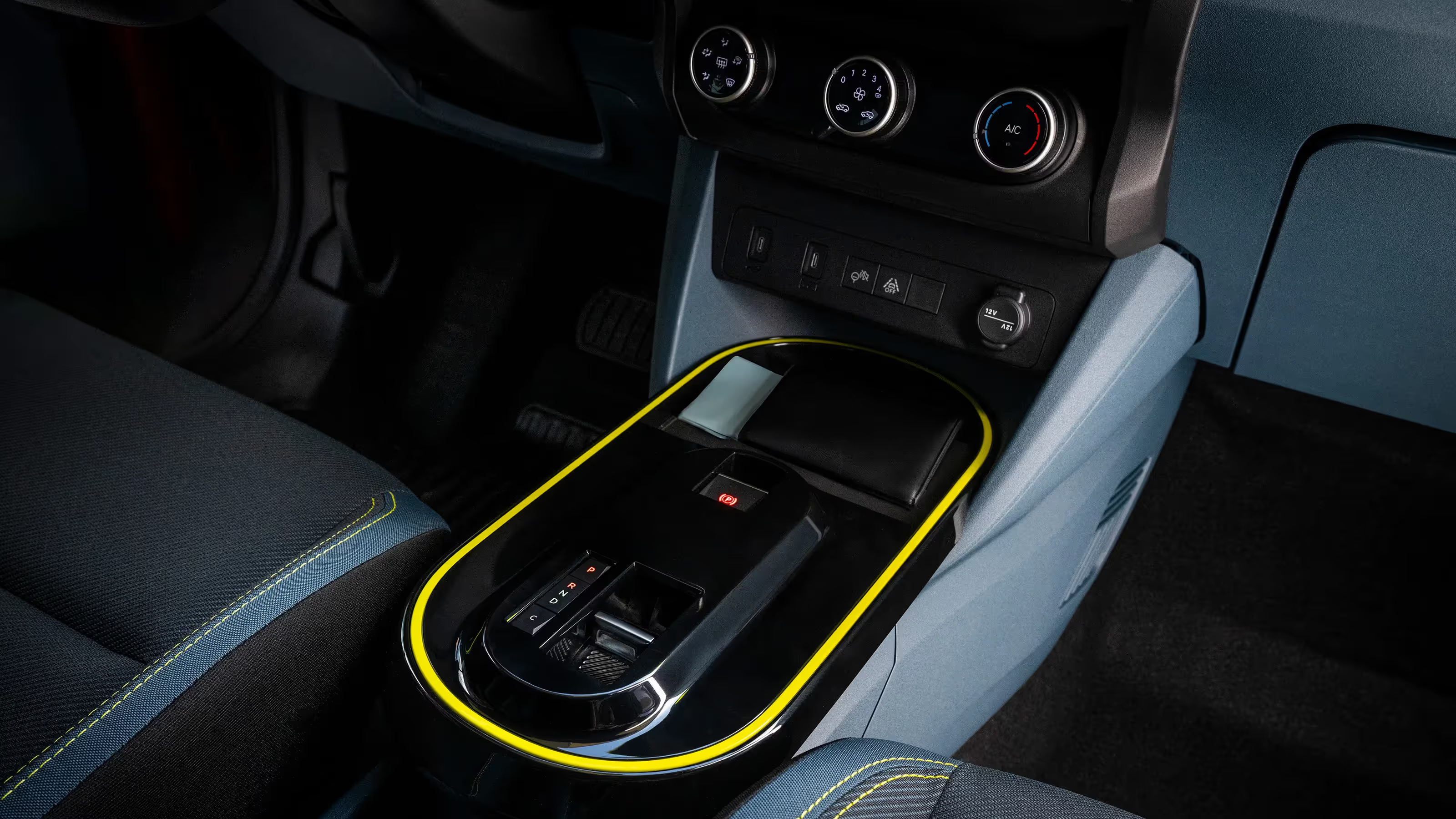
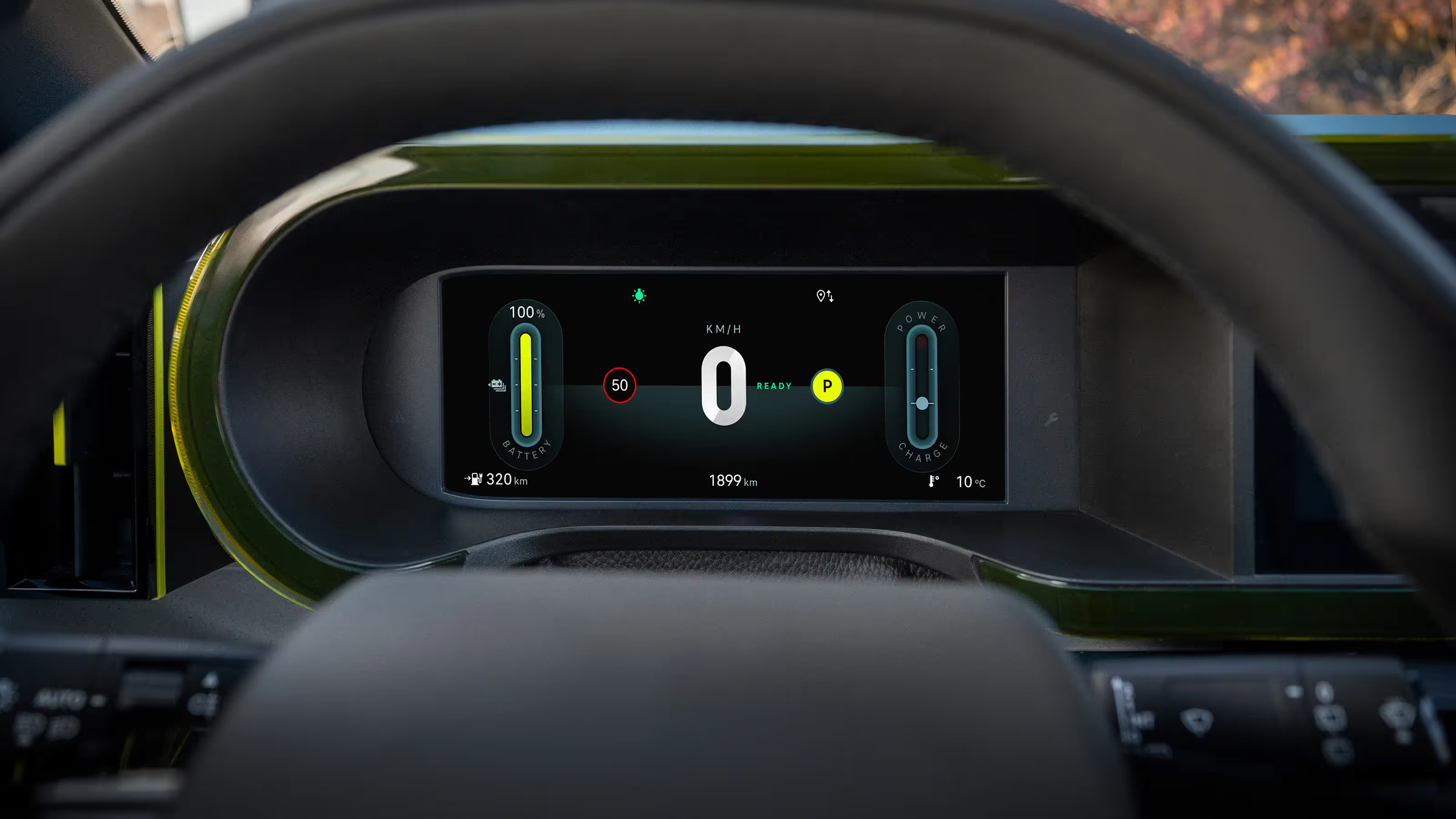
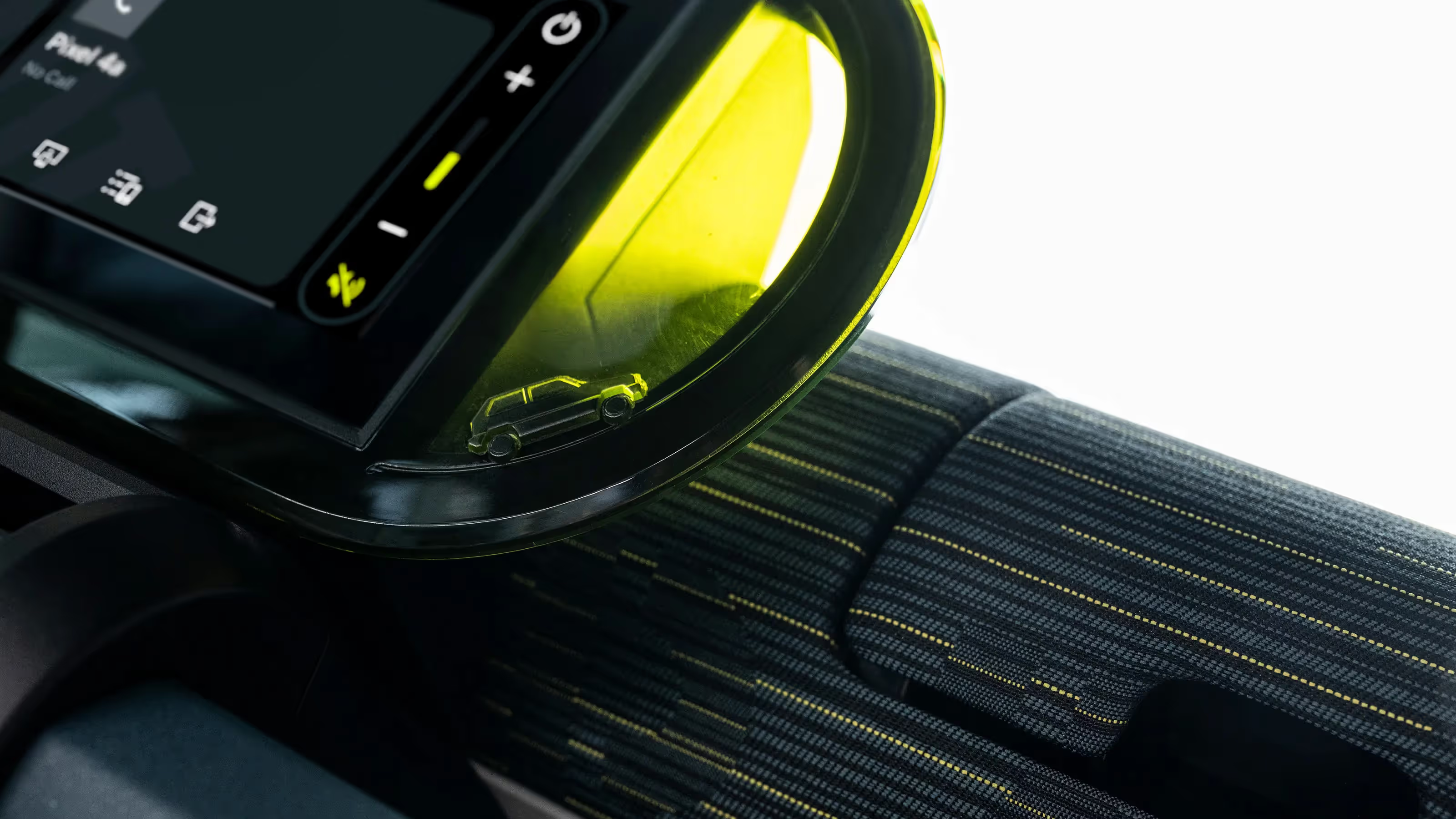
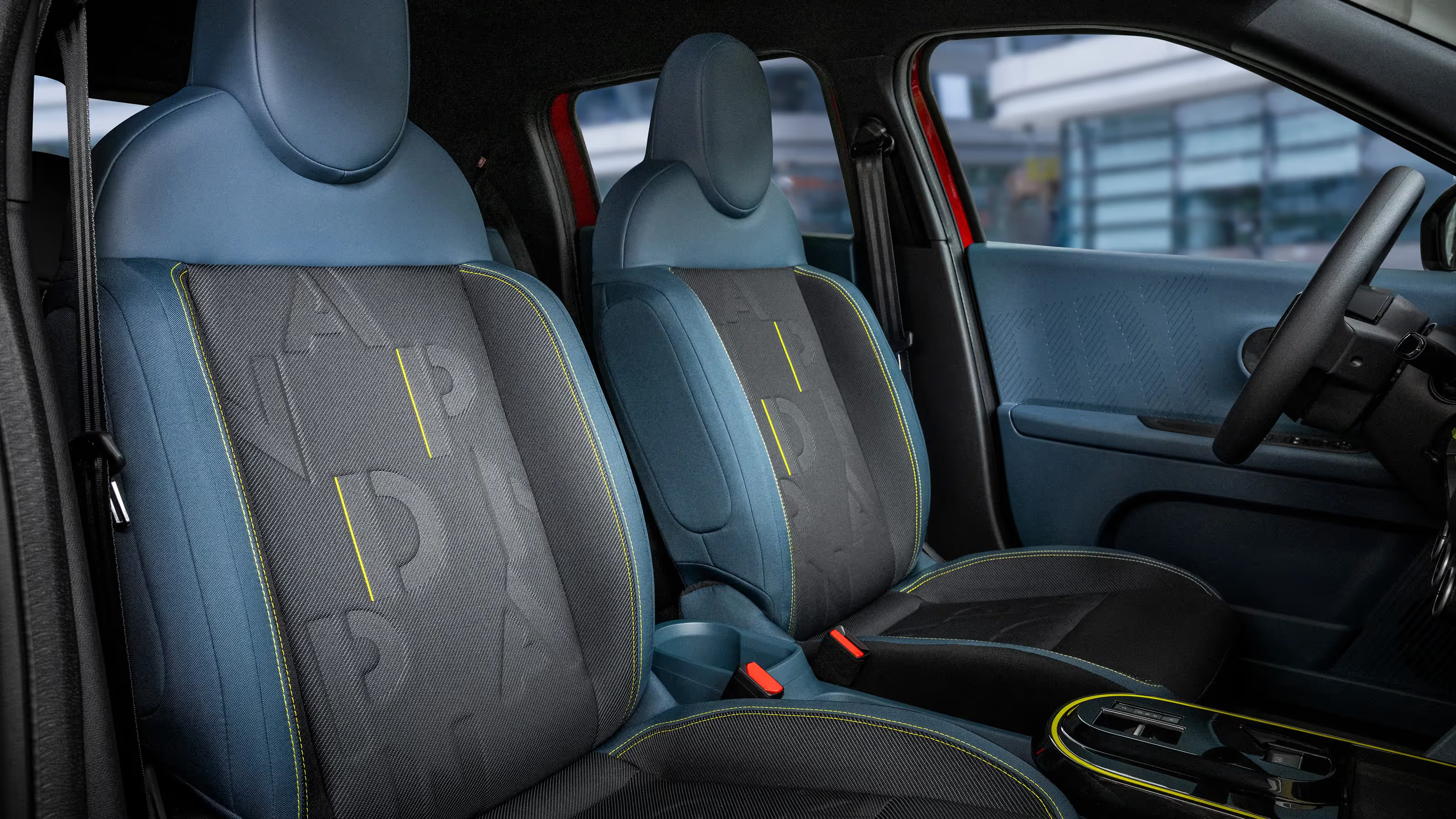
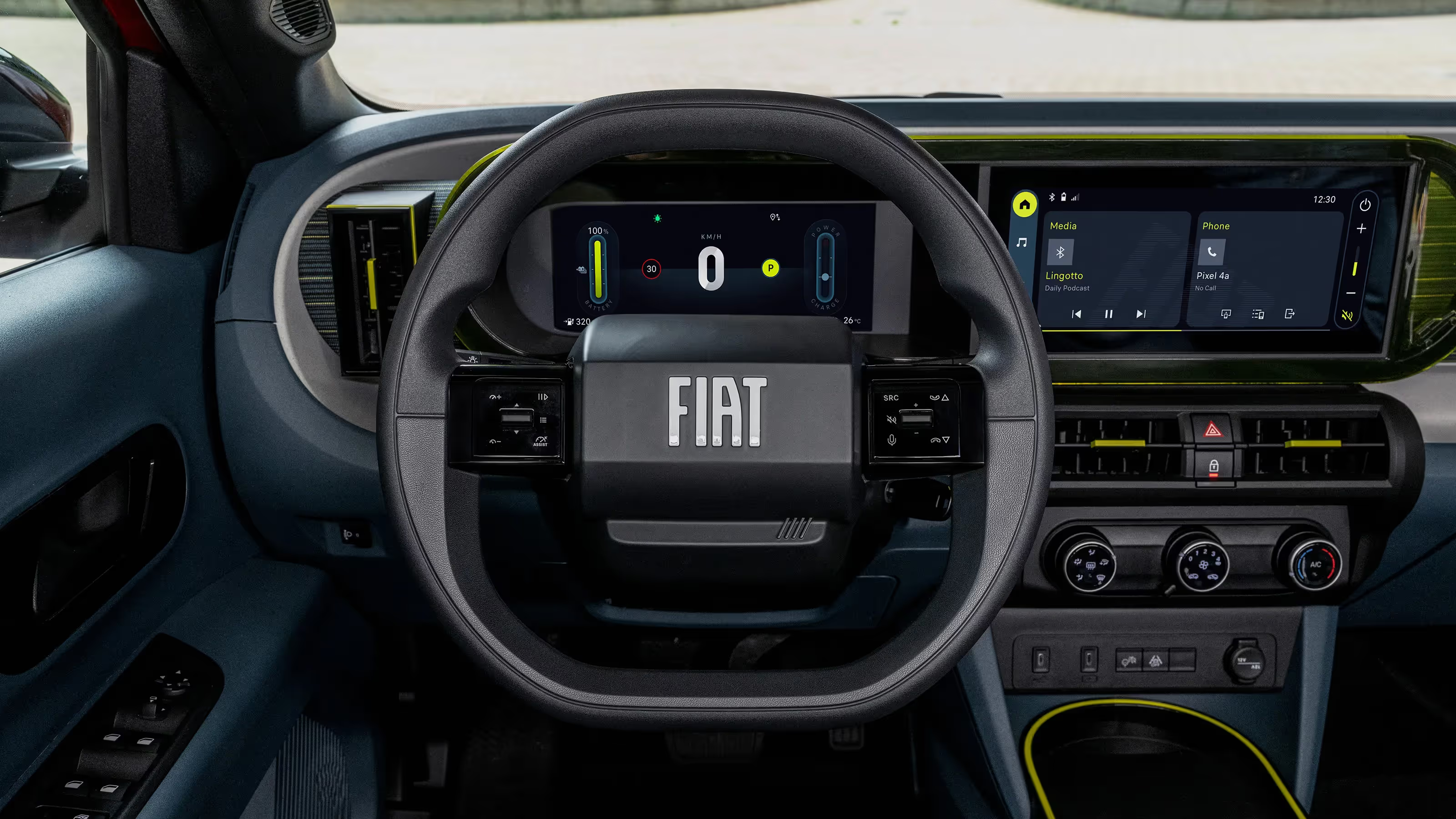
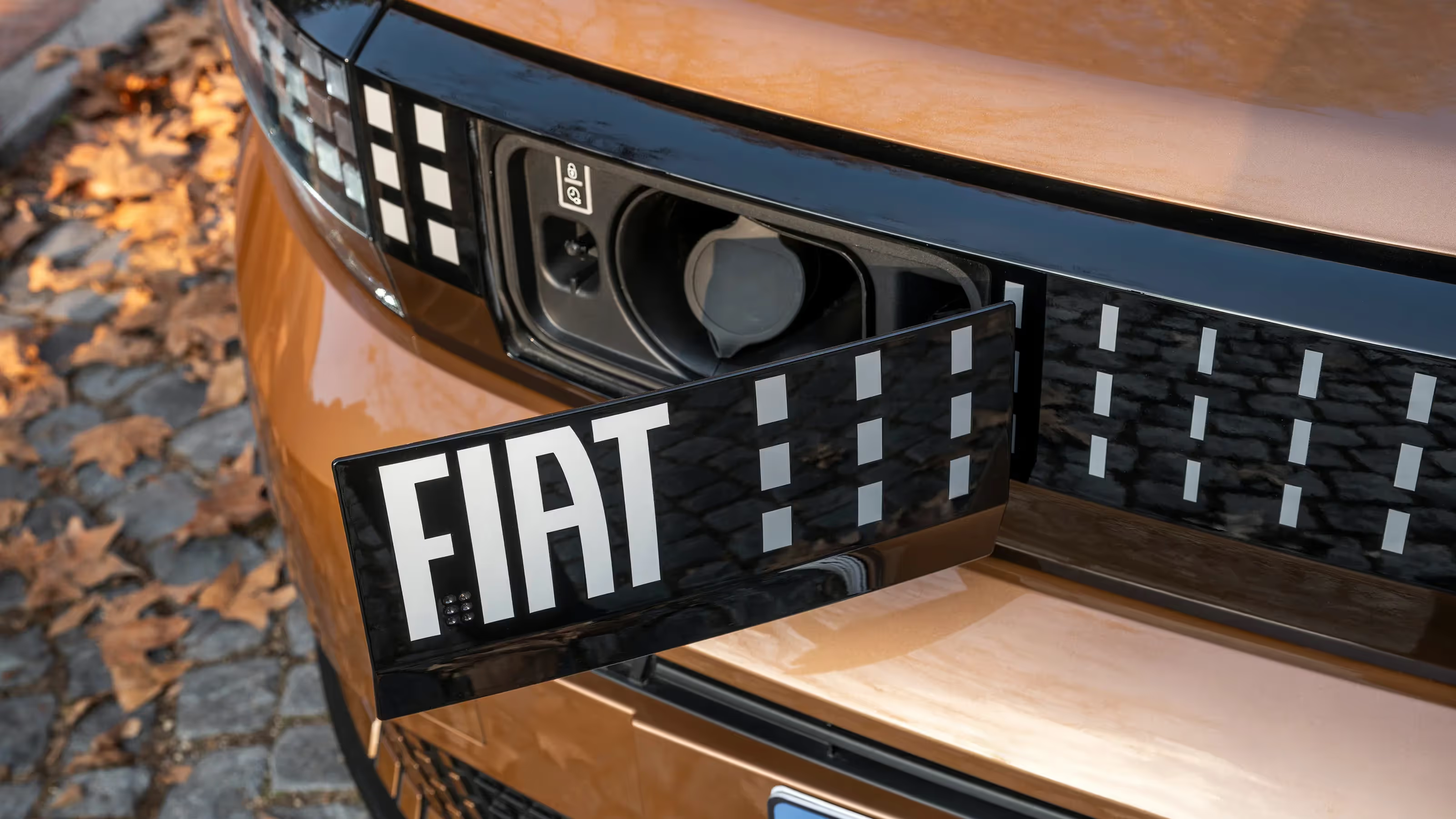
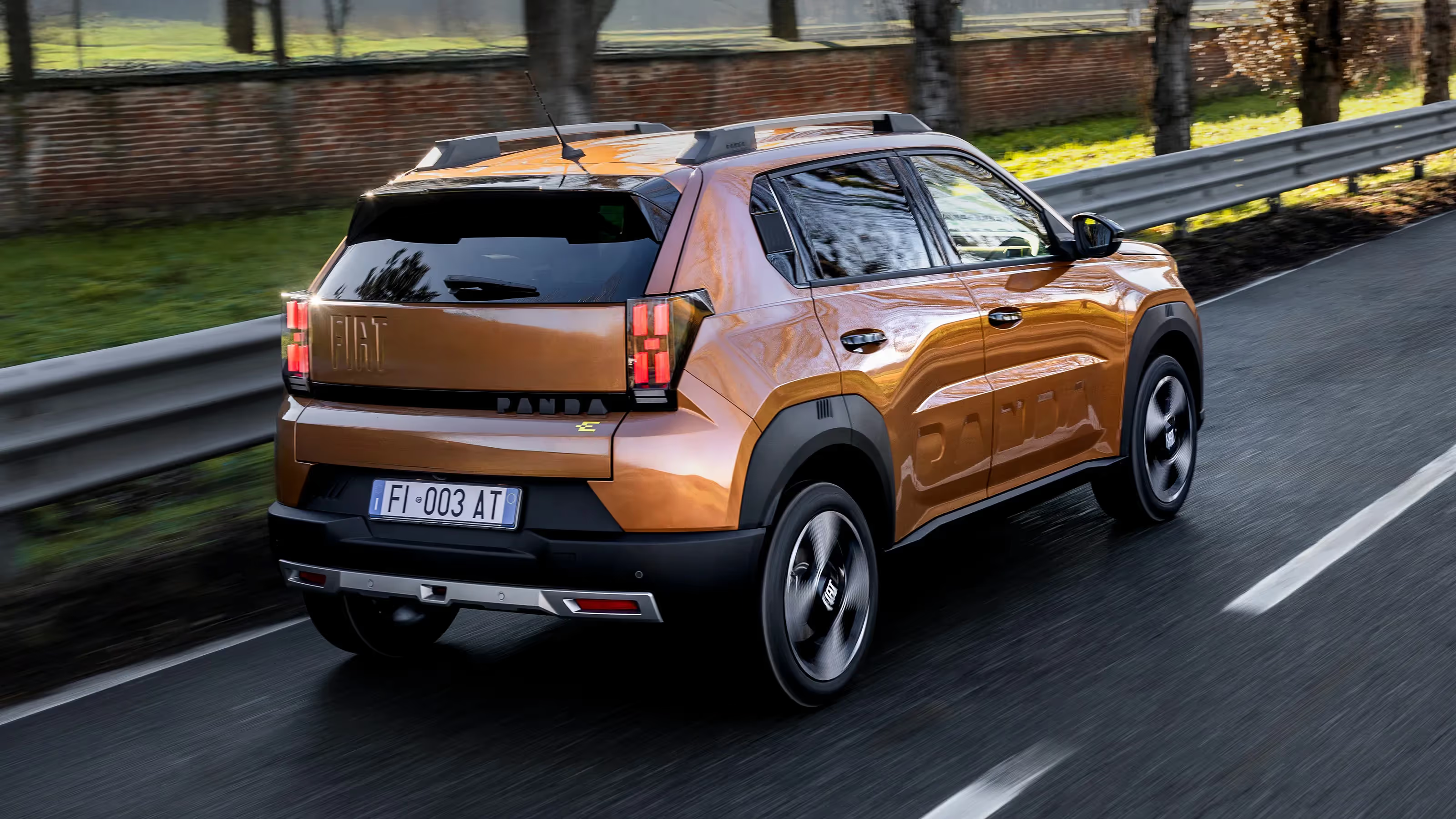
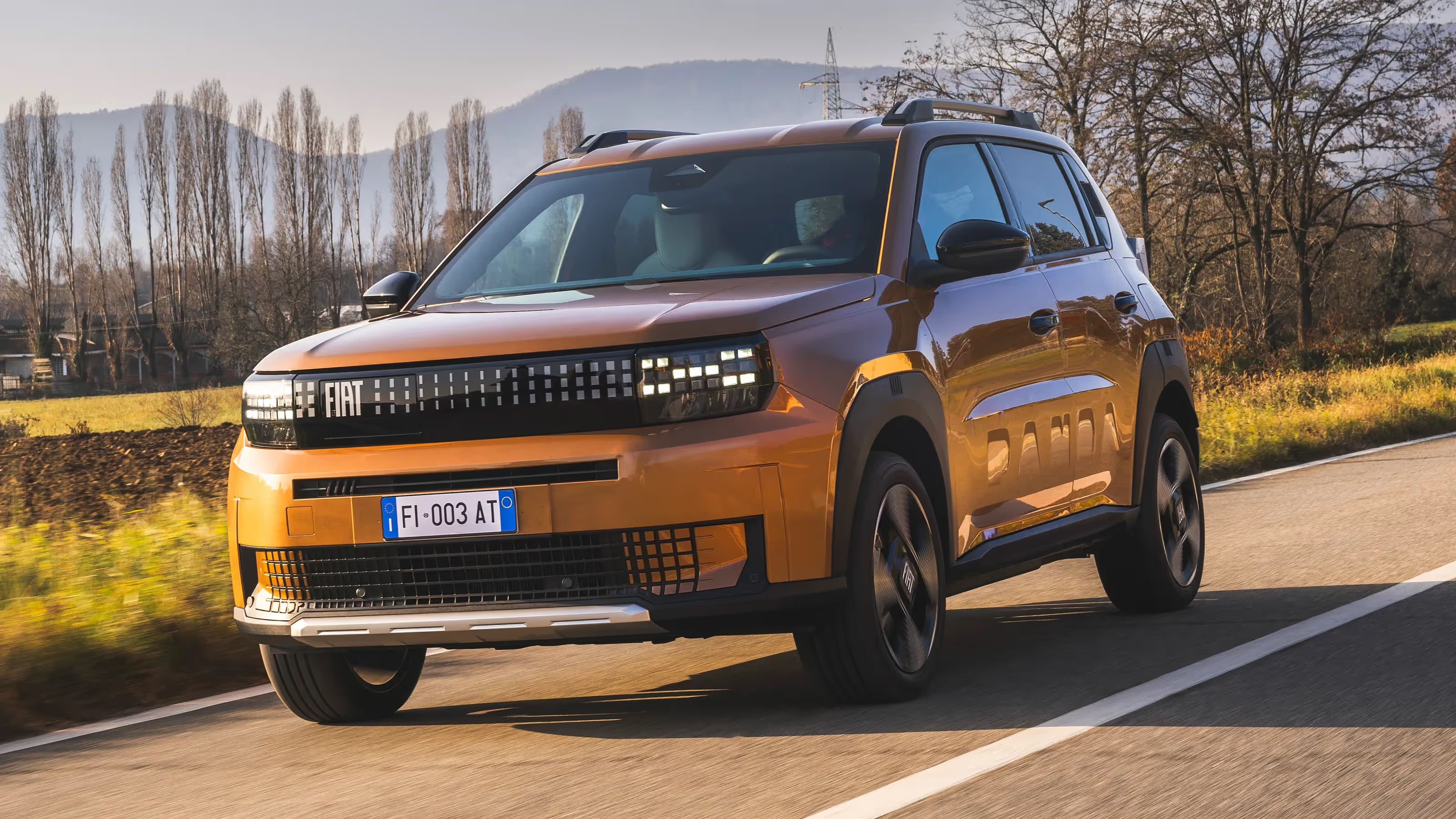
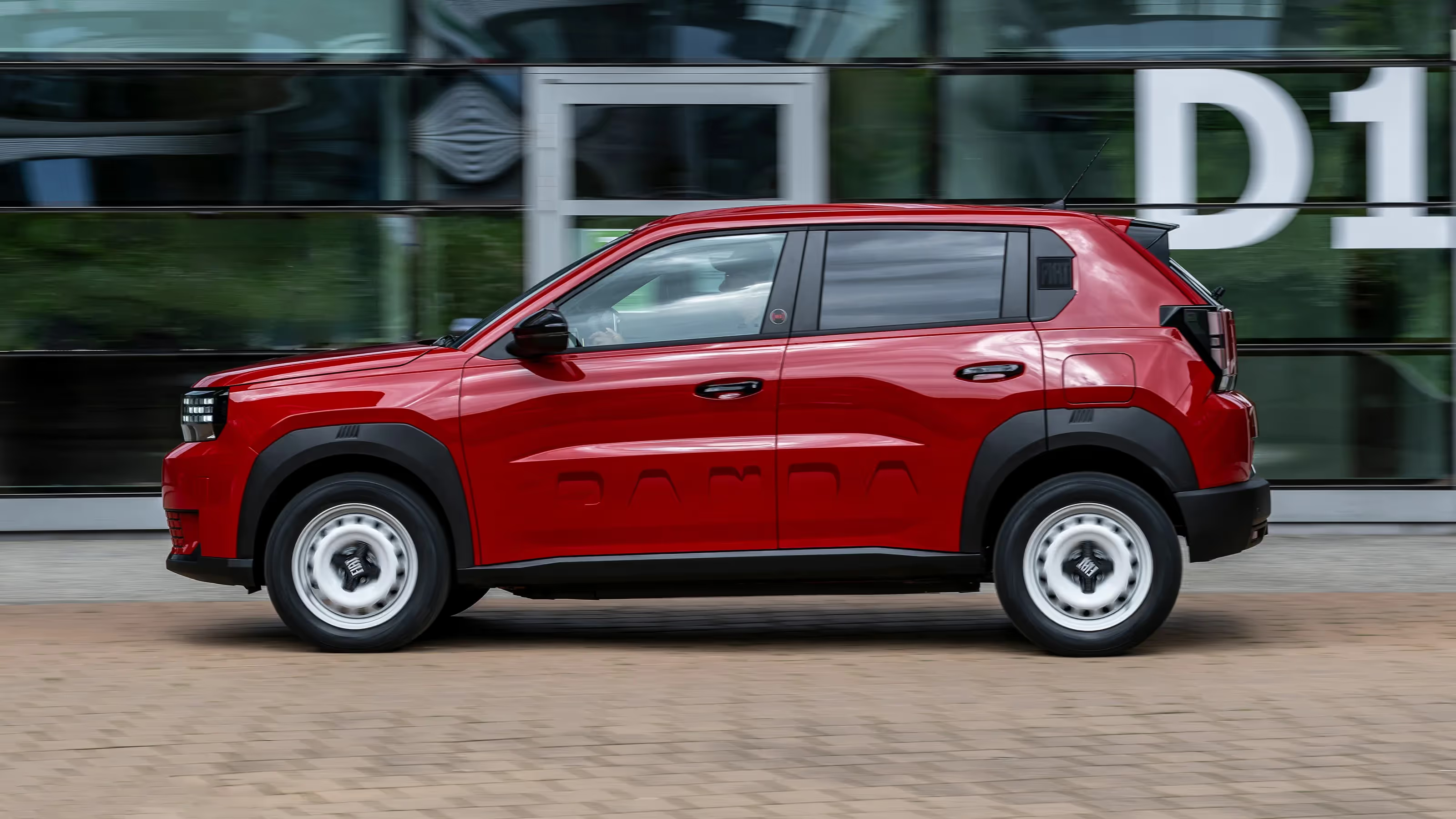
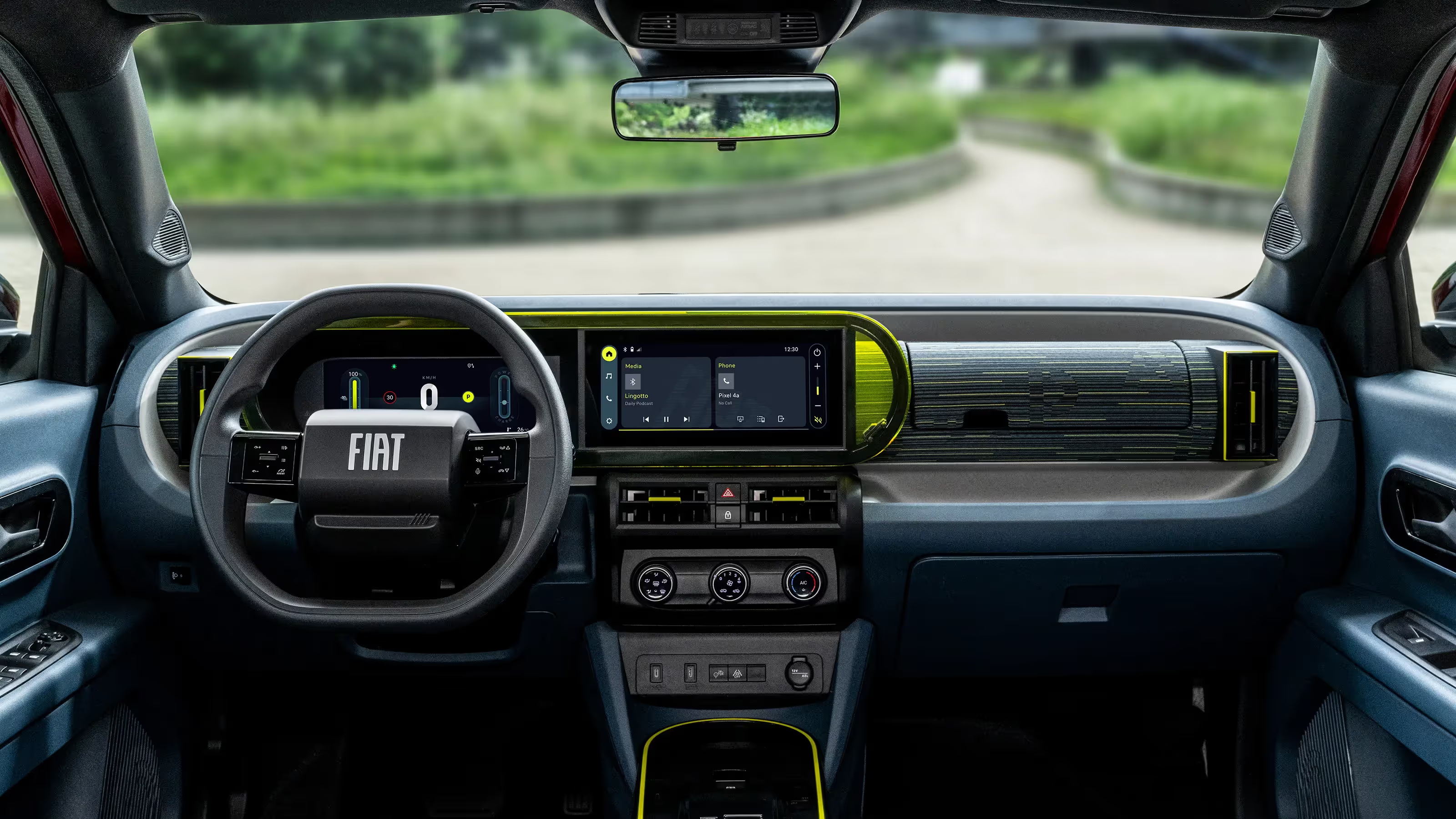
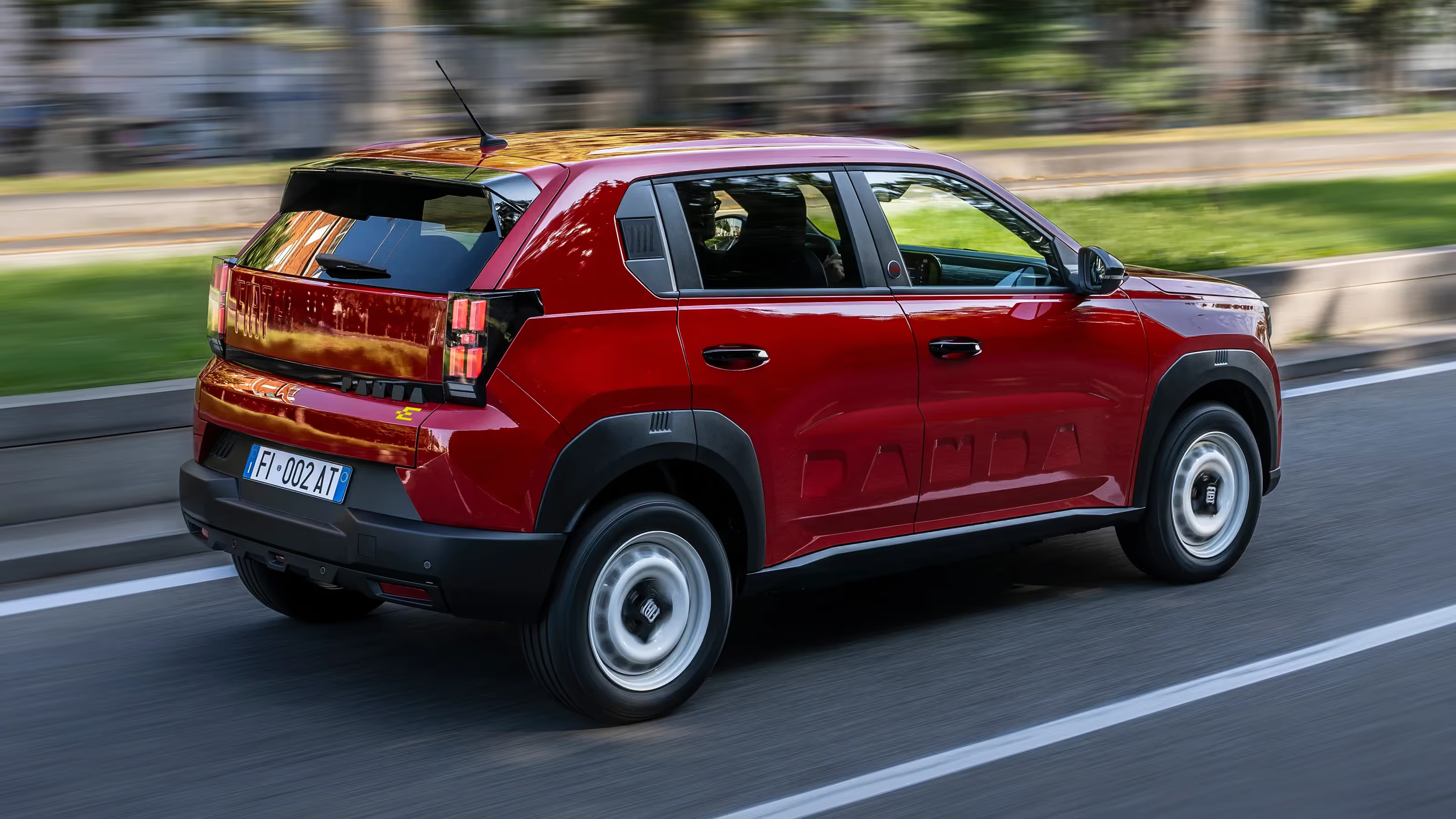
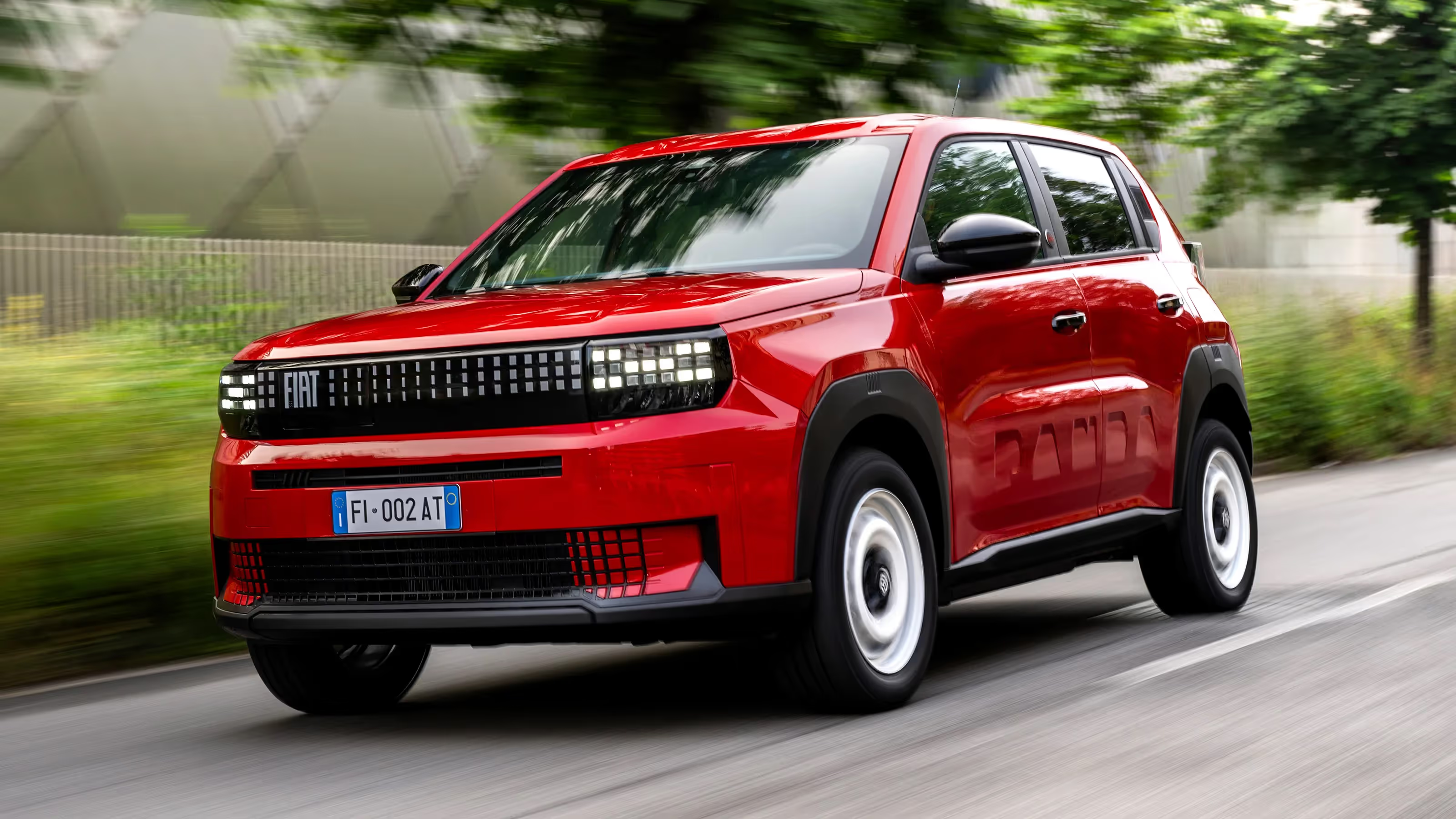
Author: Fabio Isidoro
Founder and editor-in-chief of Canal Carro, he dedicates himself to exploring the automotive universe with depth and passion. A car and technology enthusiast, he produces technical content and in-depth analyses of national and international vehicles, combining quality information with a critical eye for the public.
